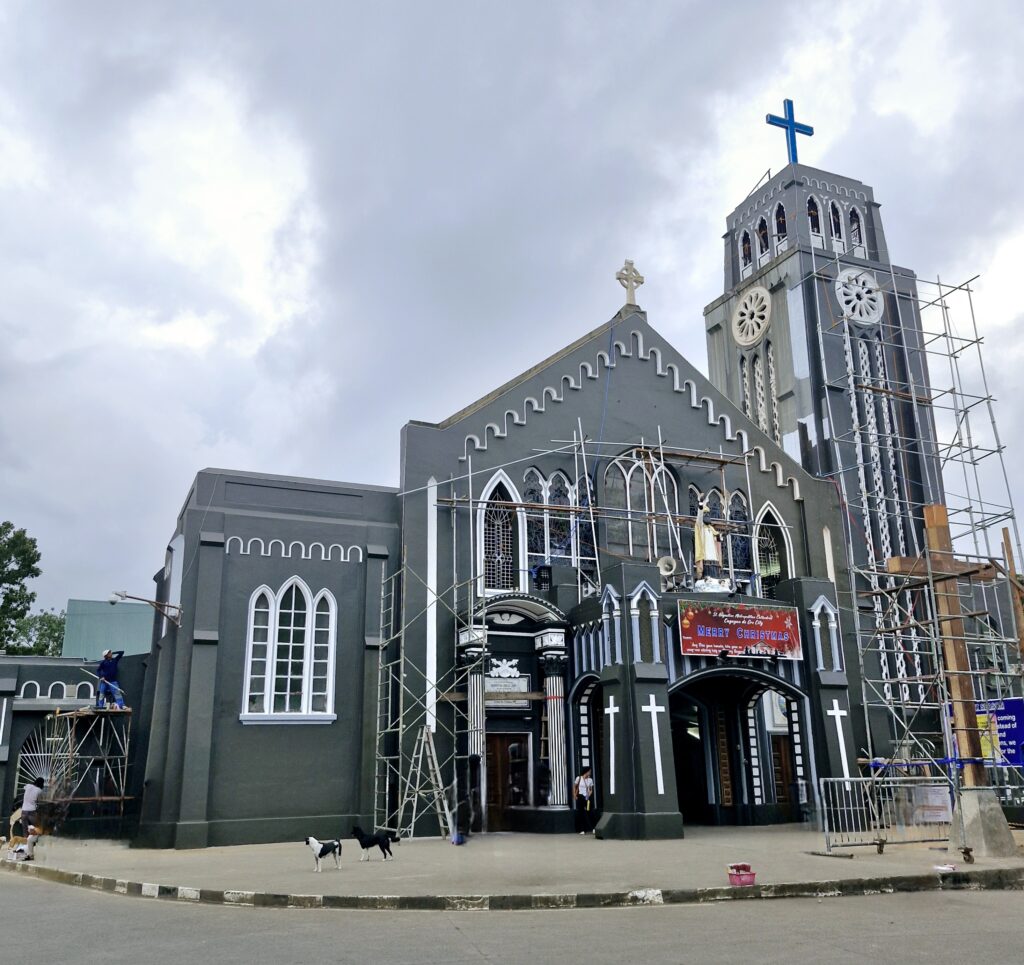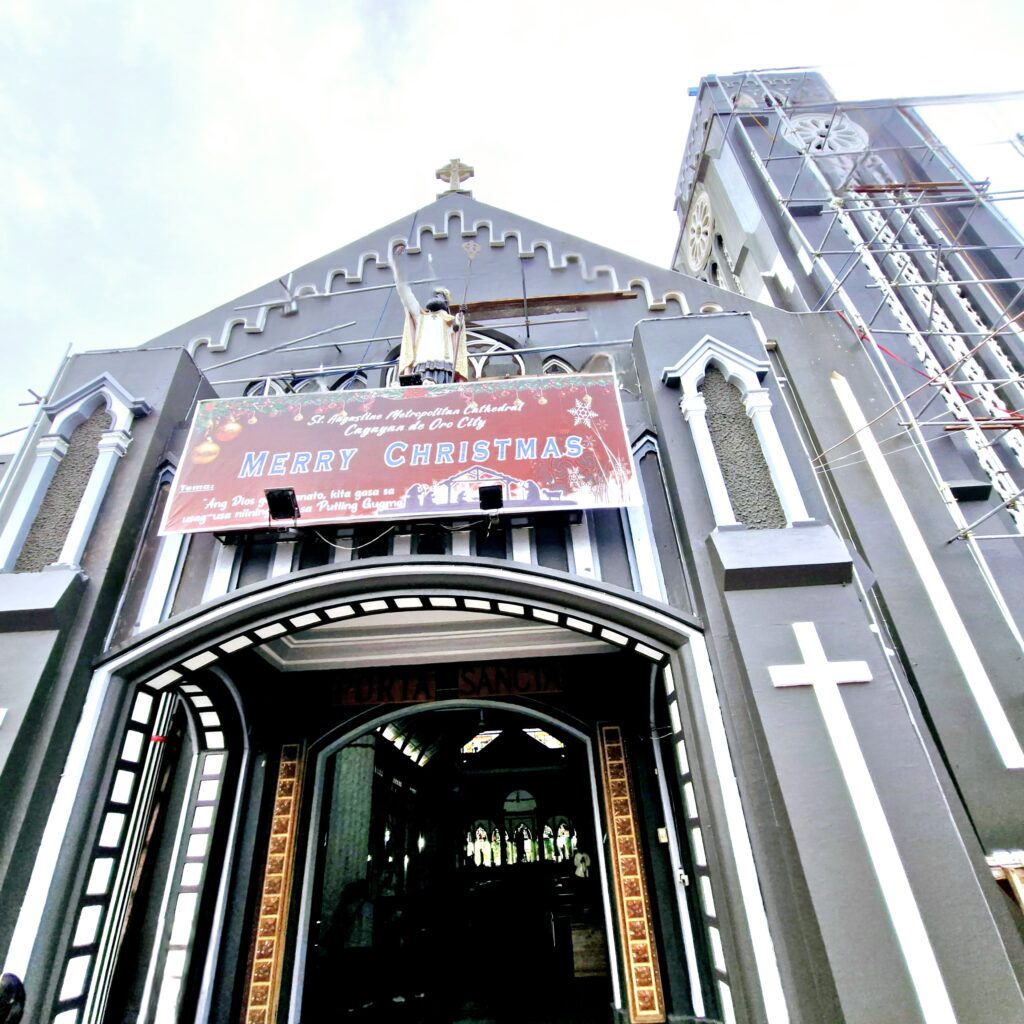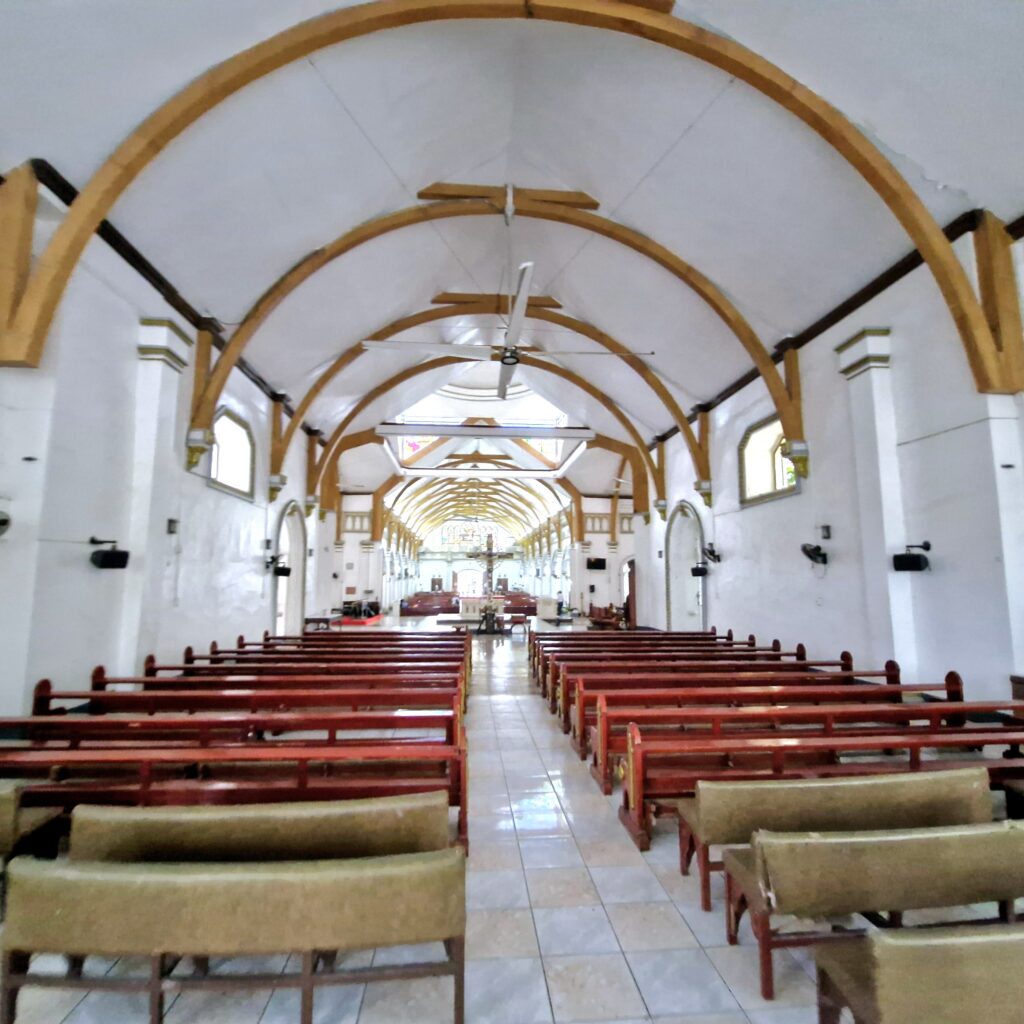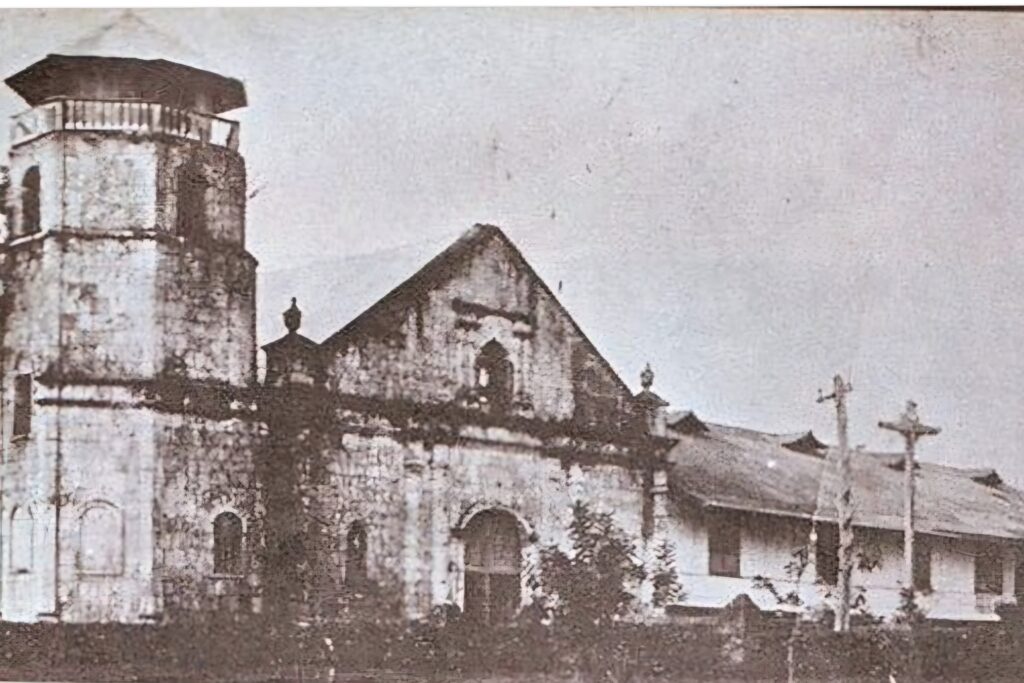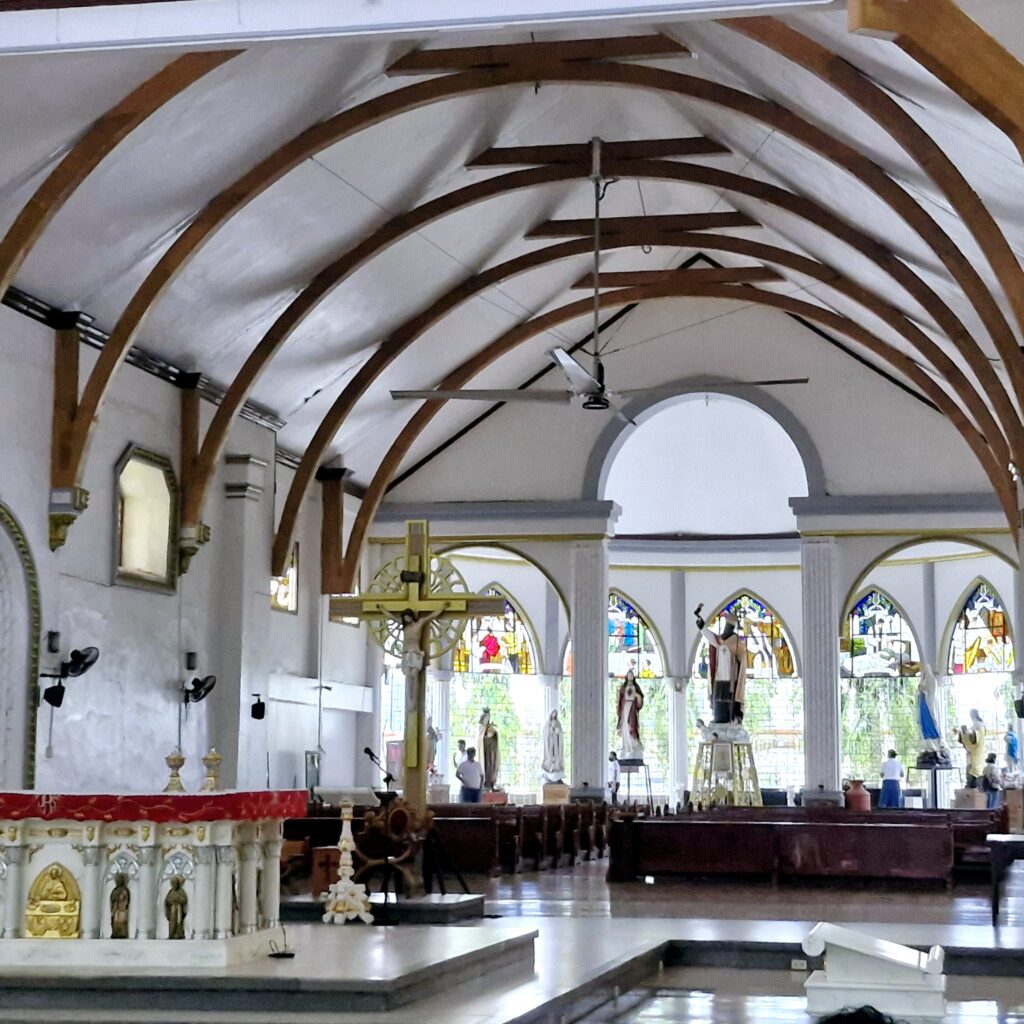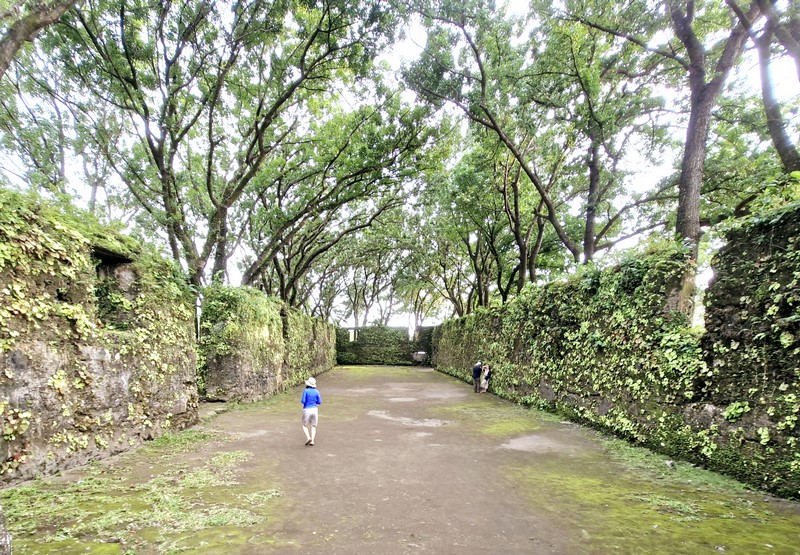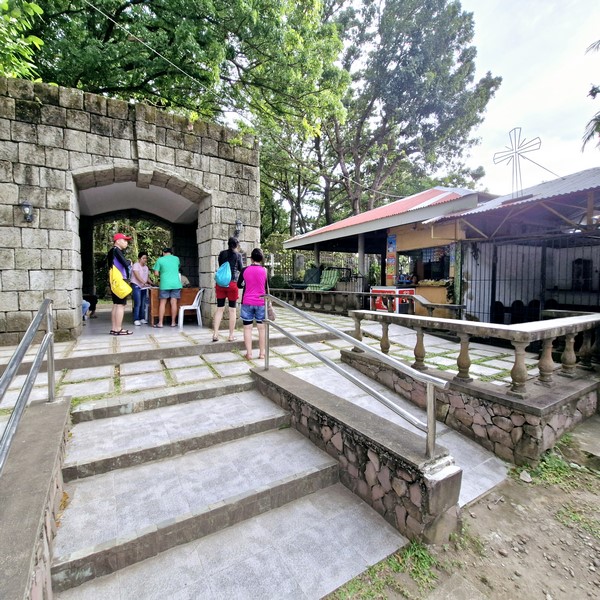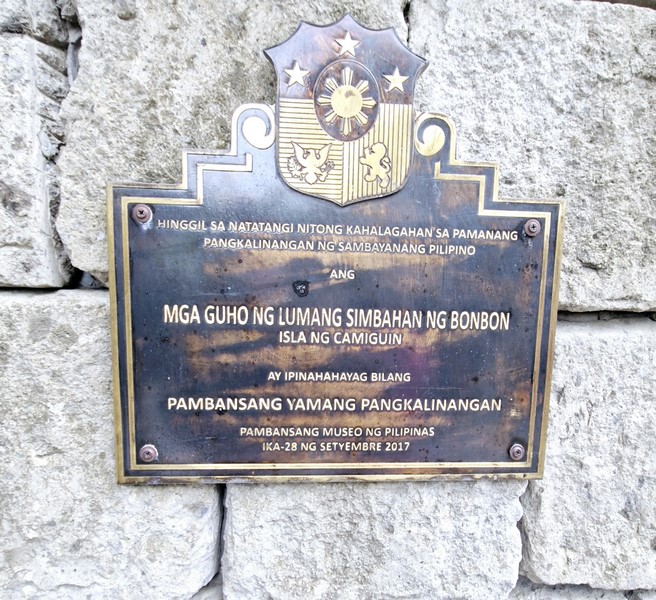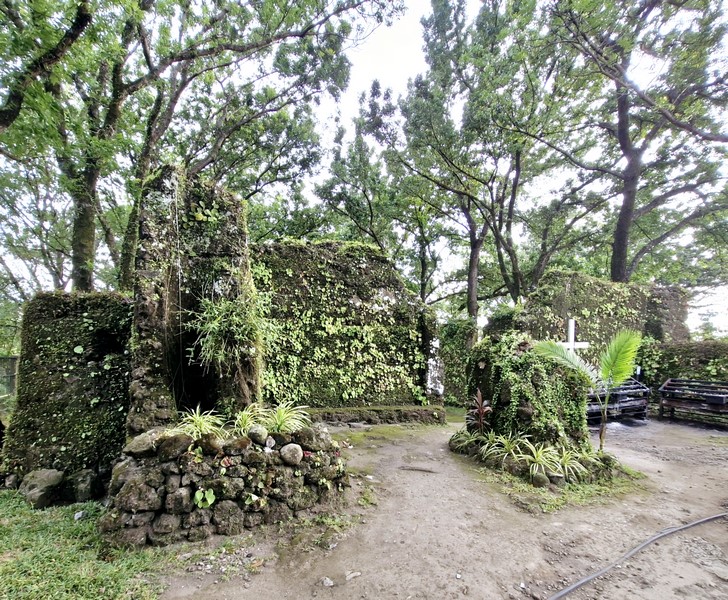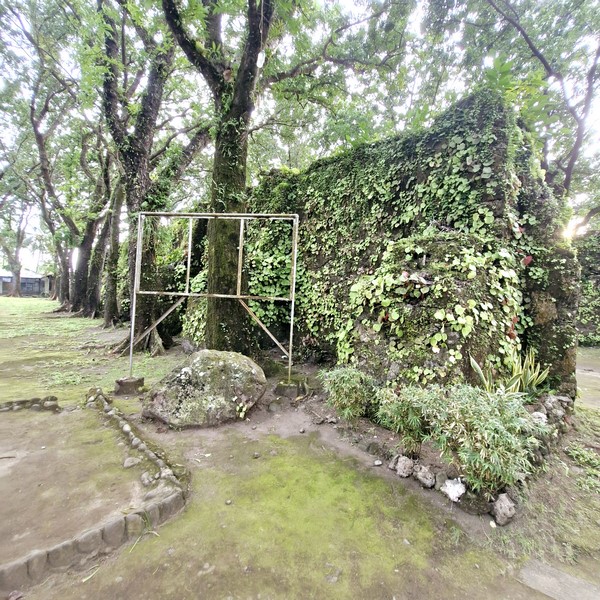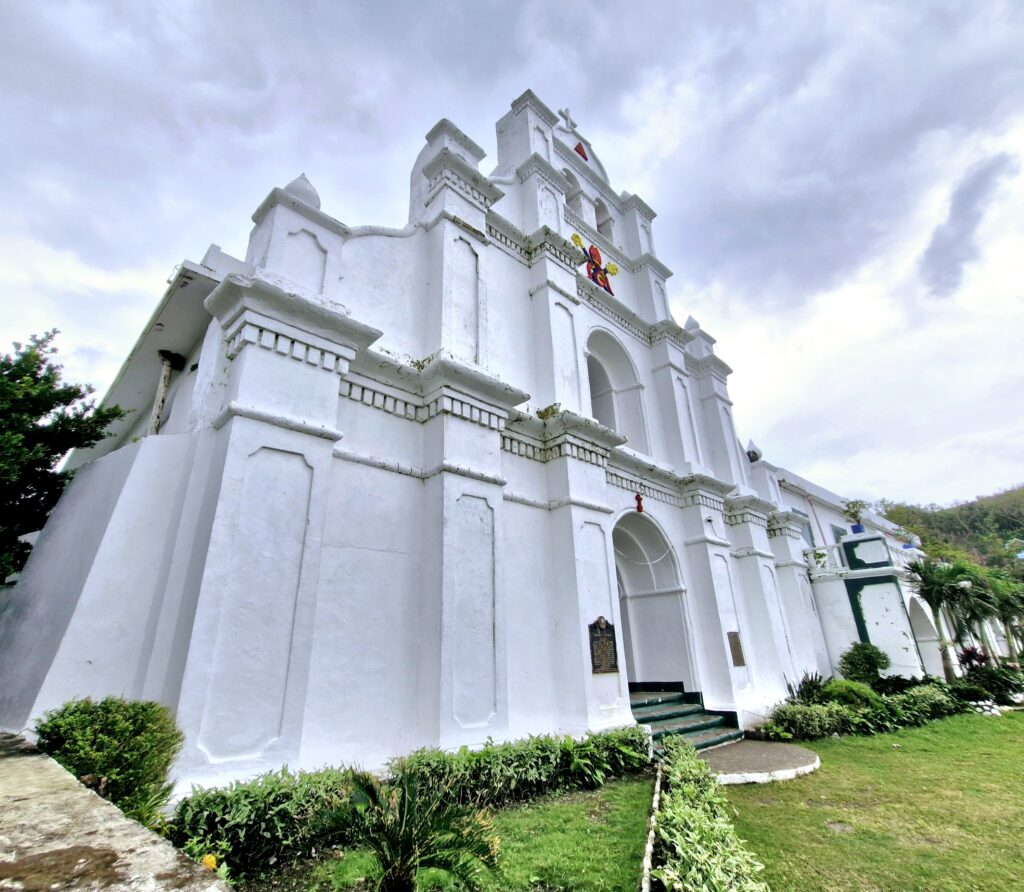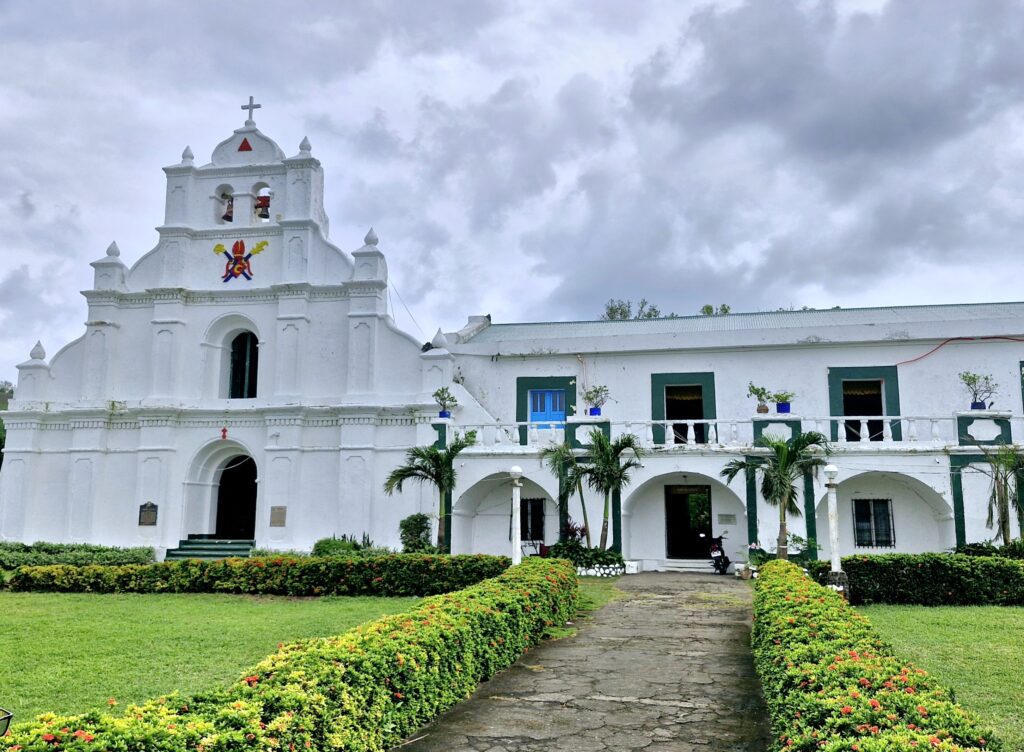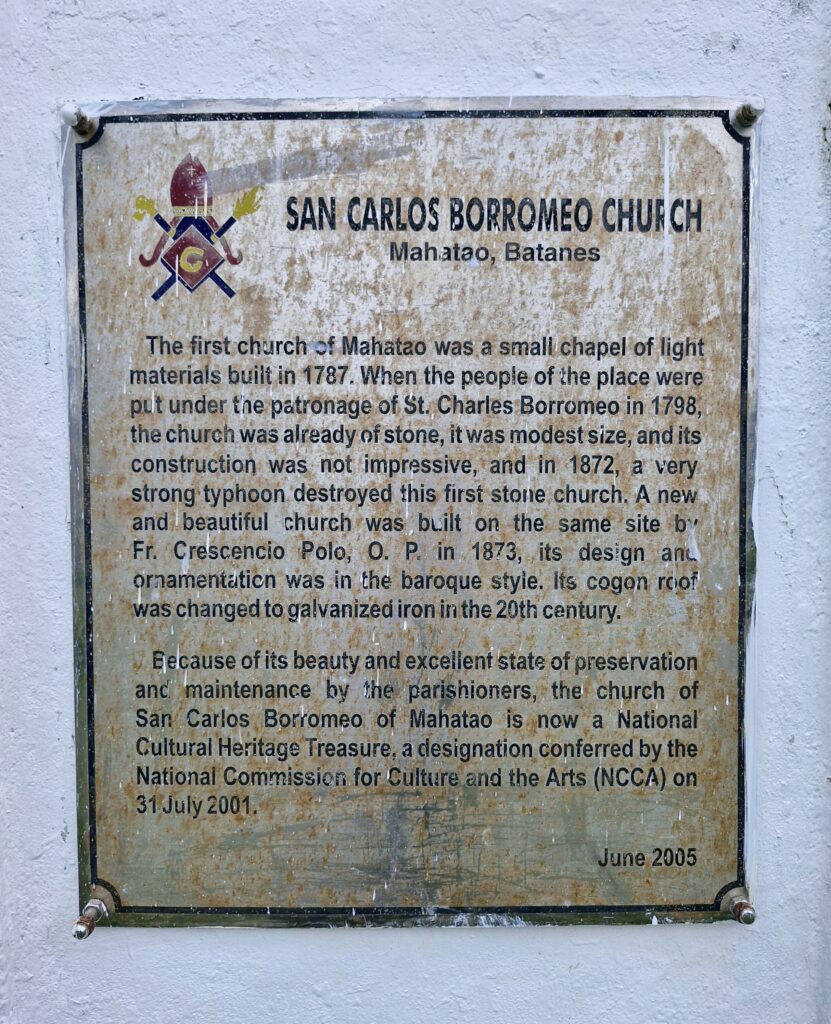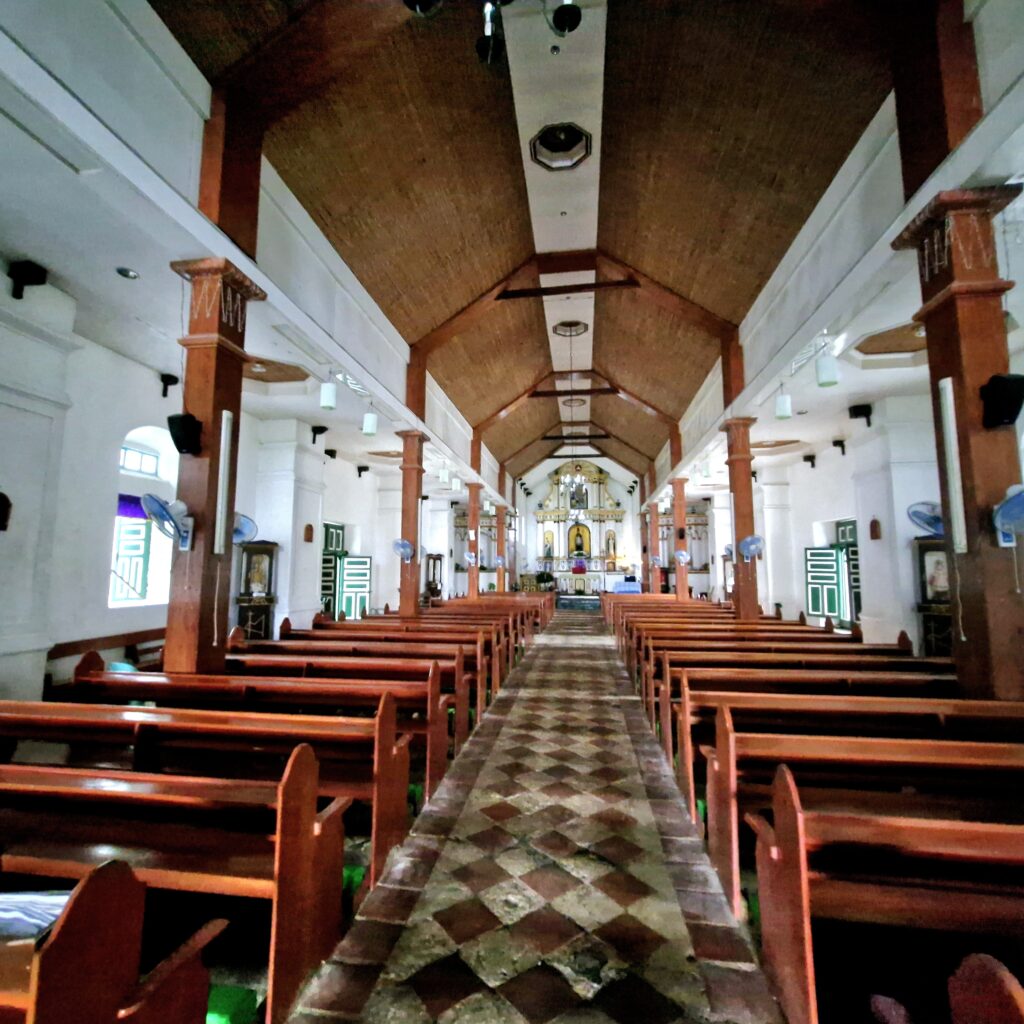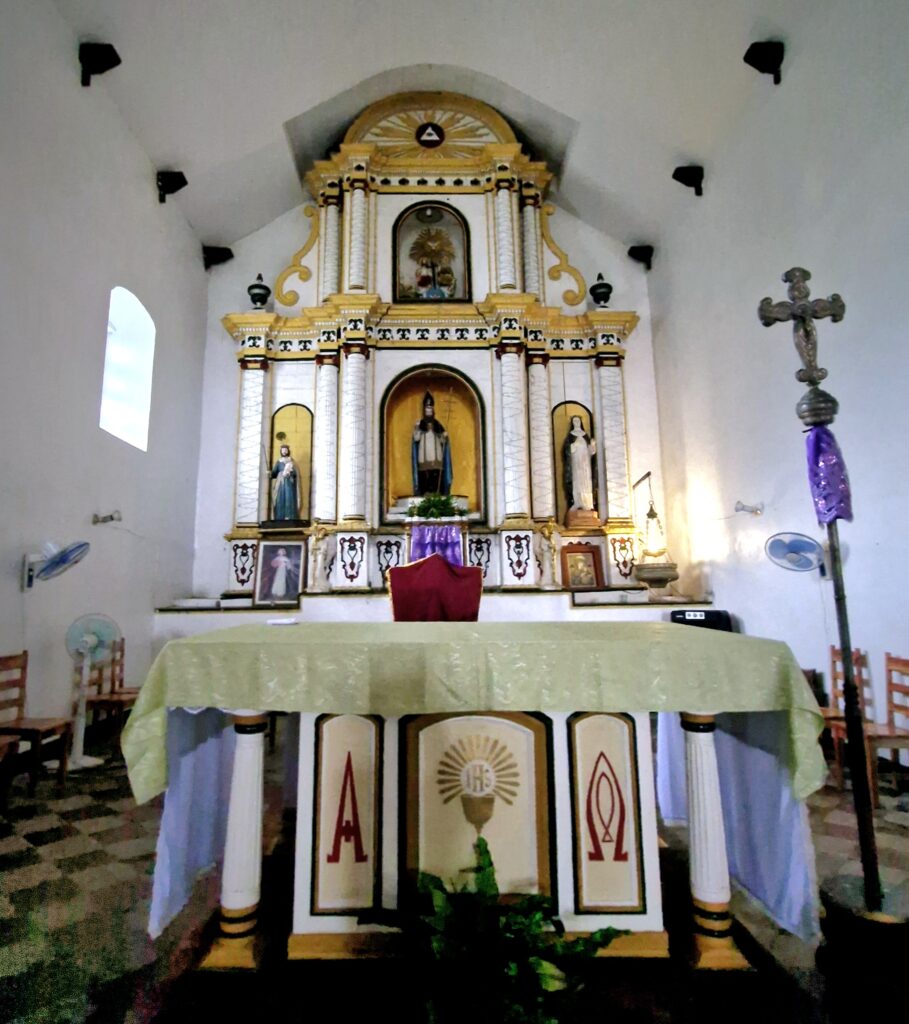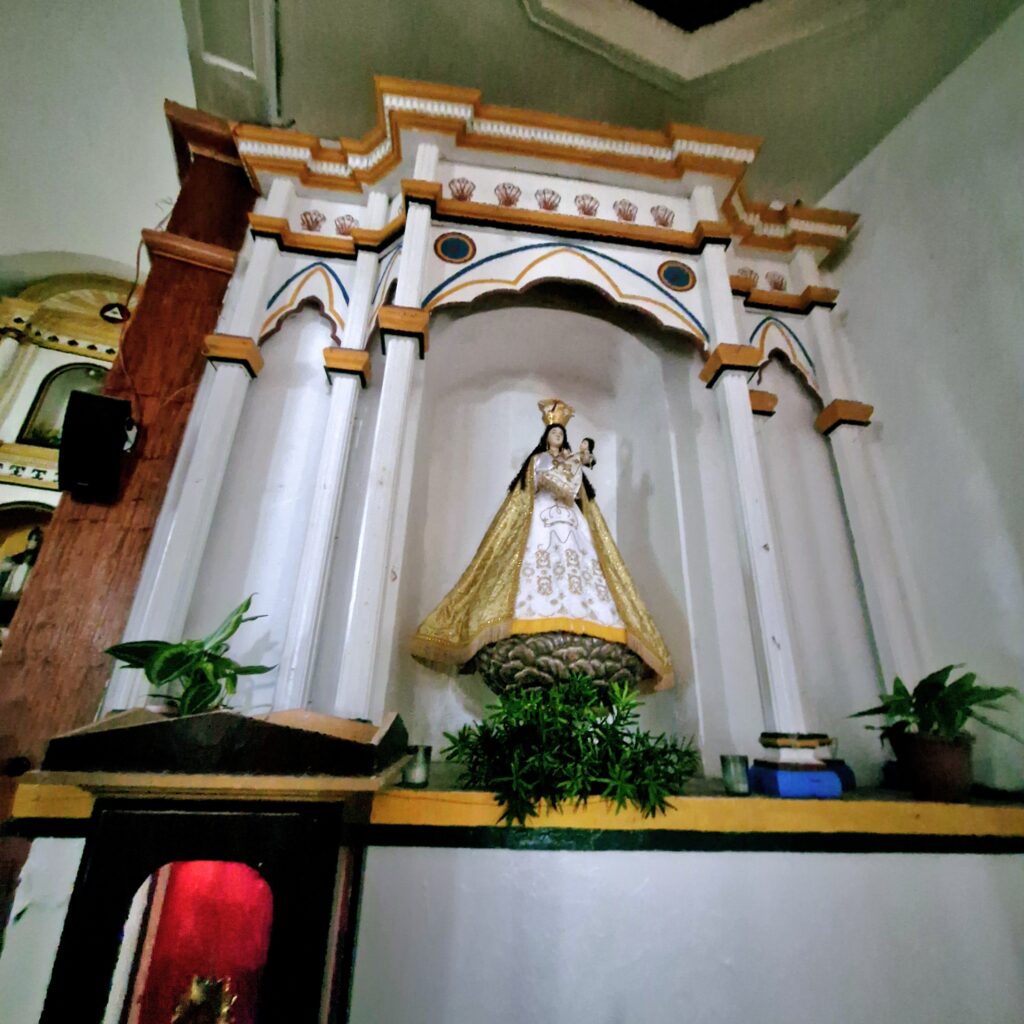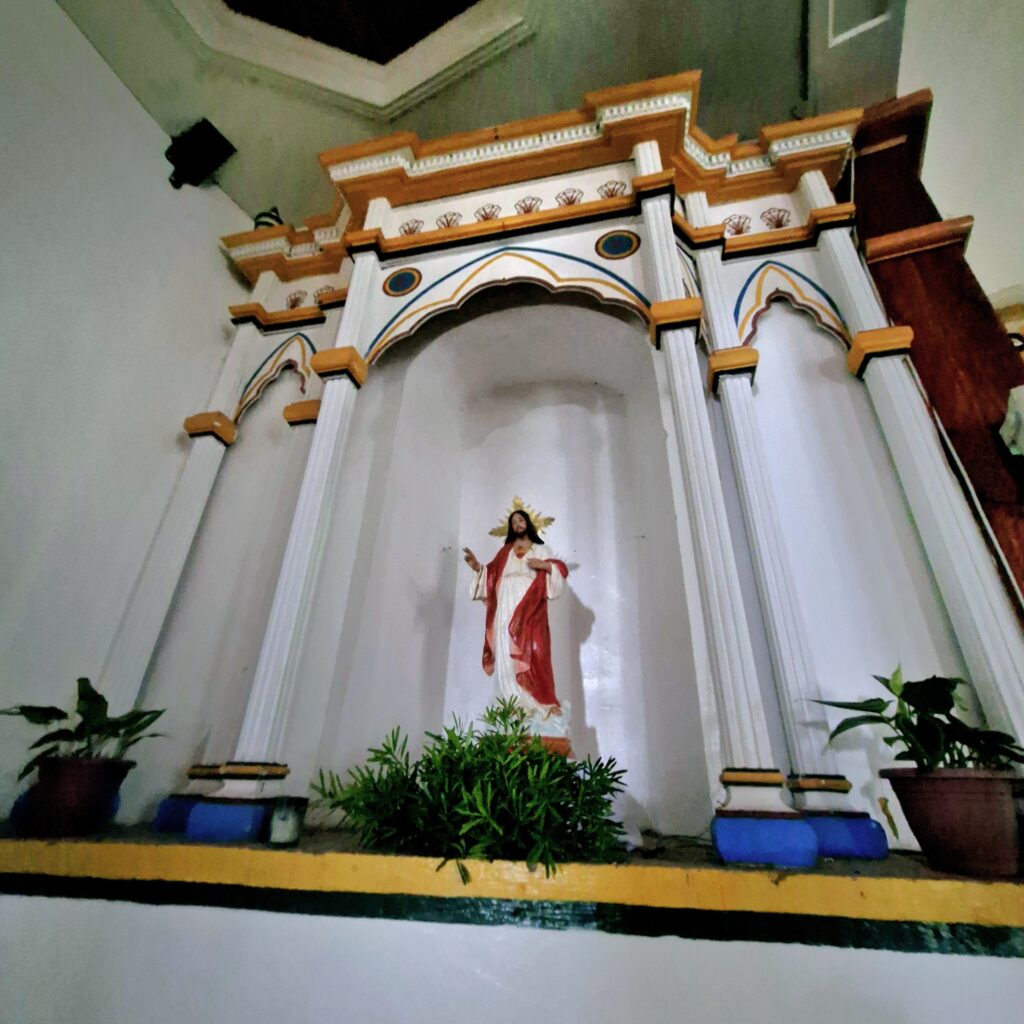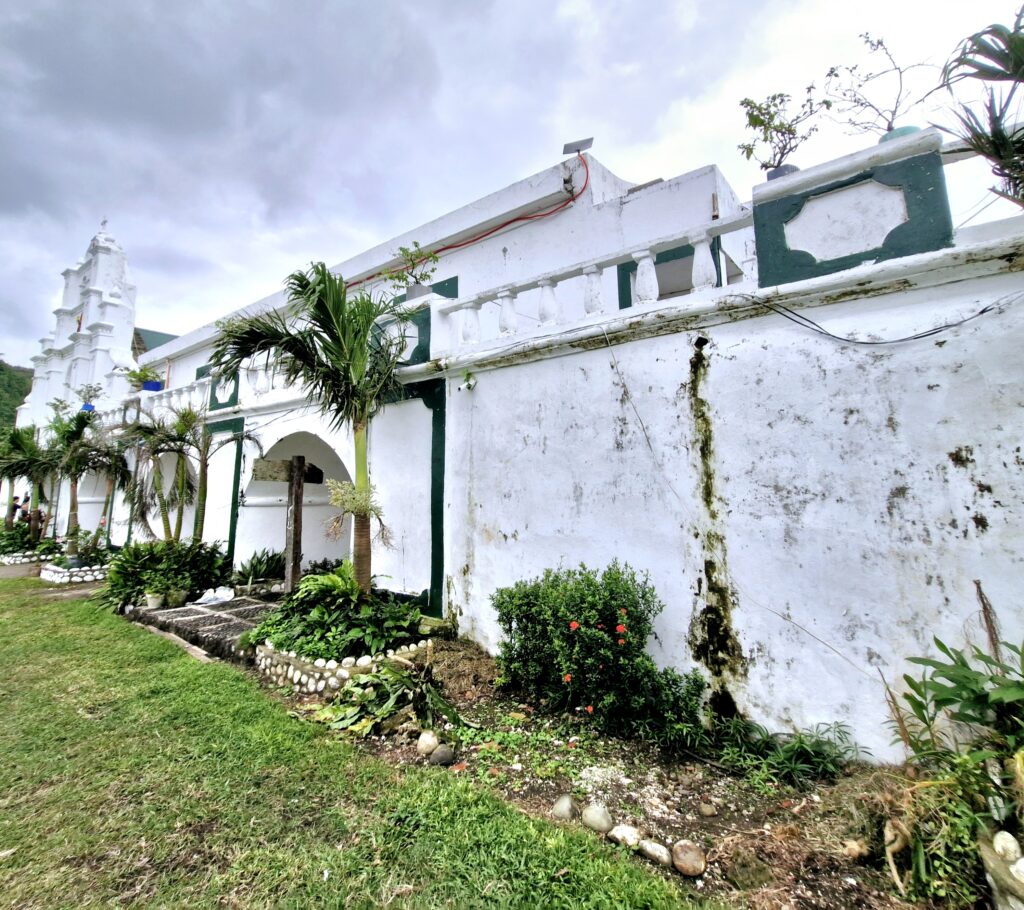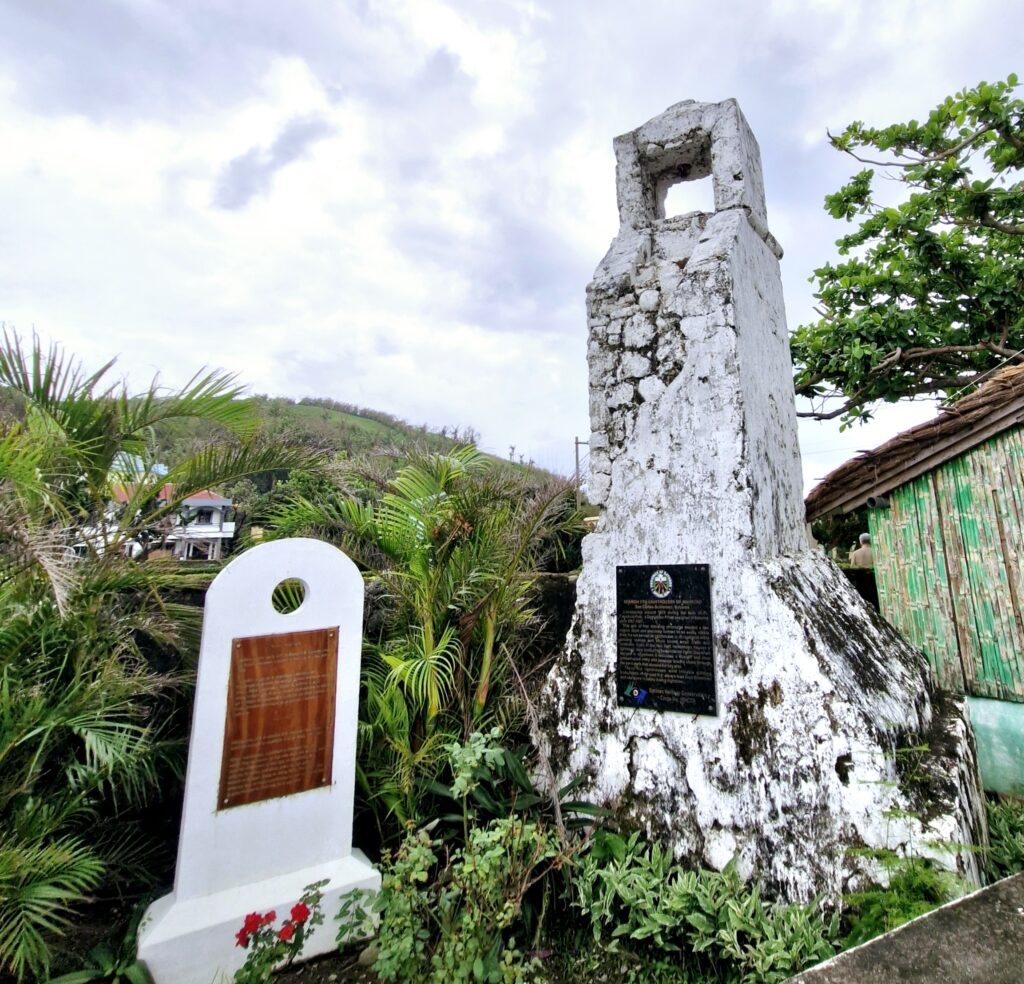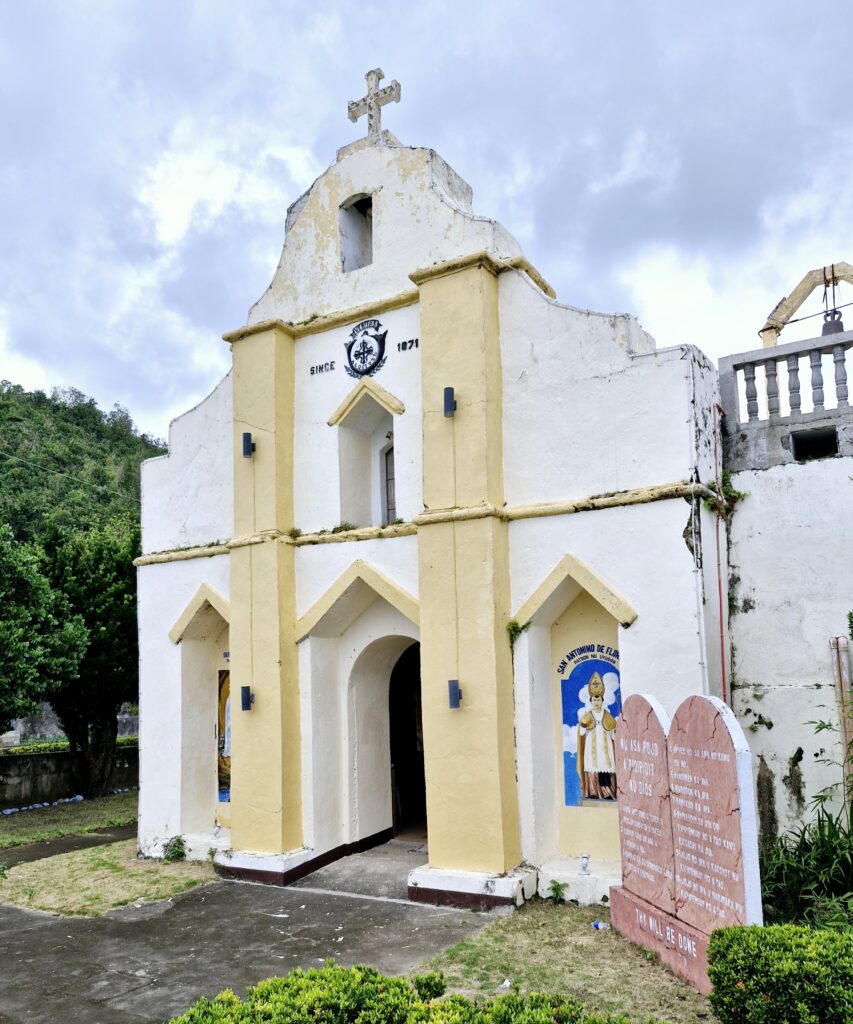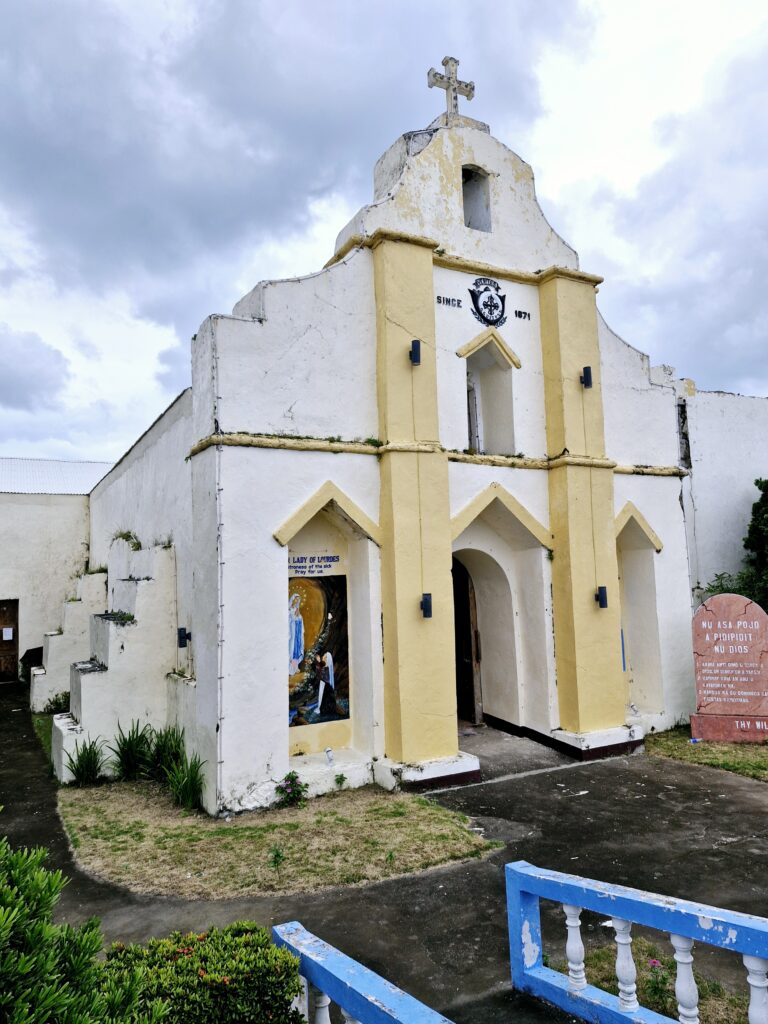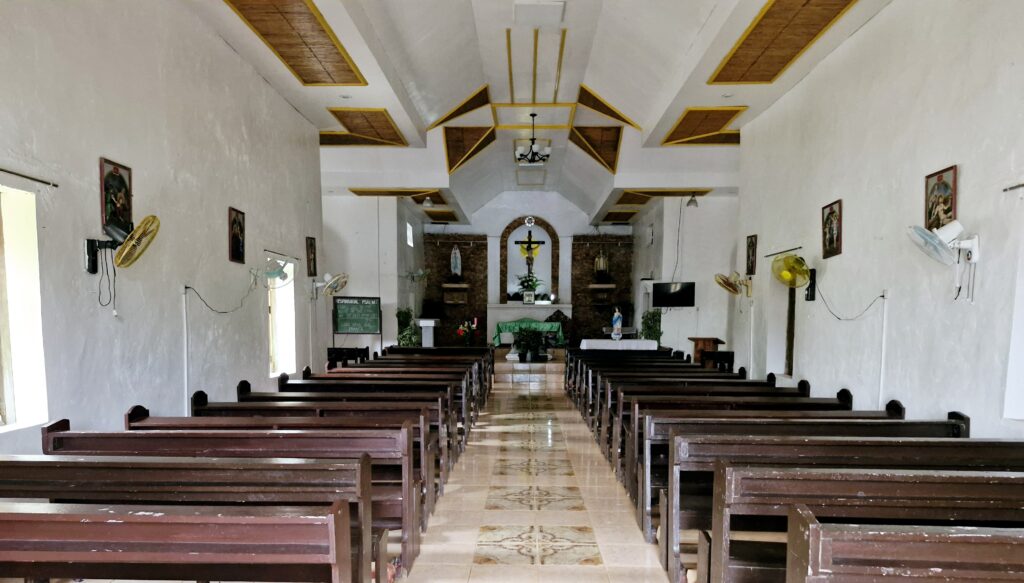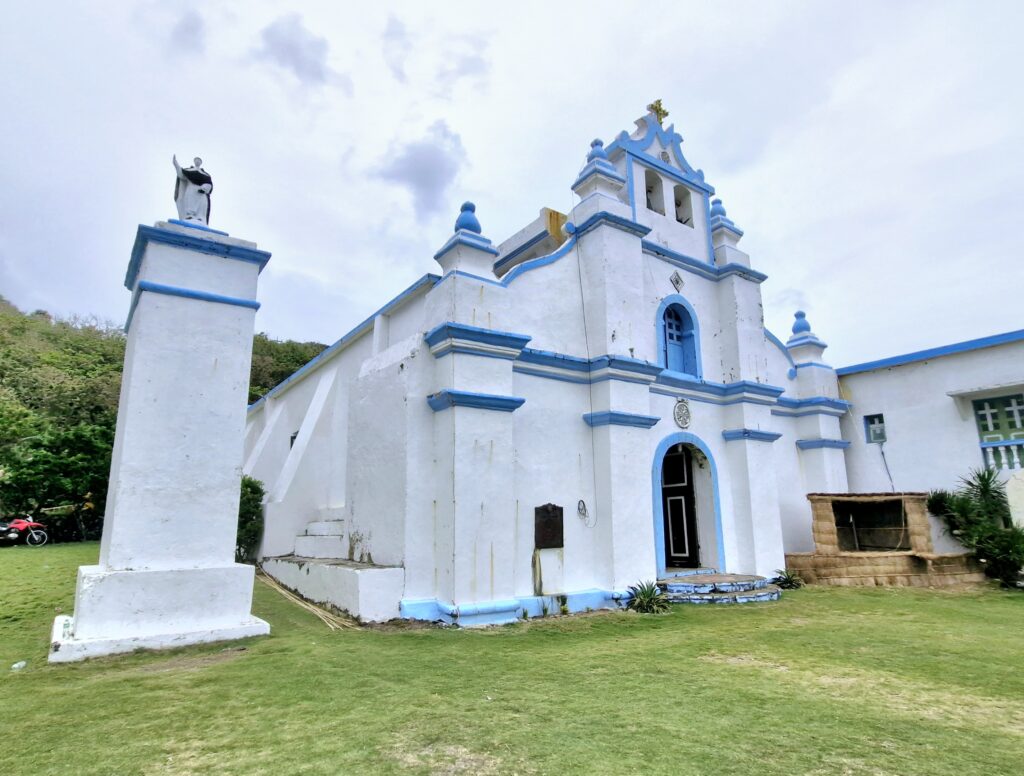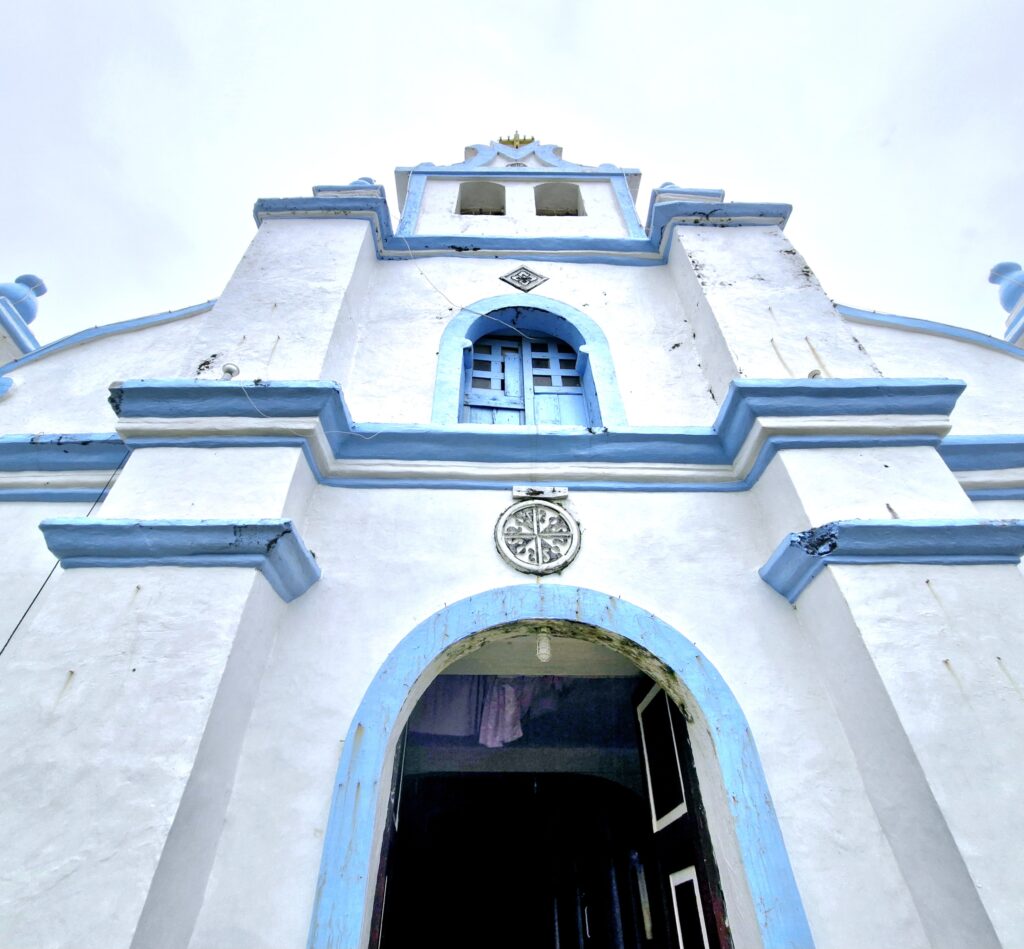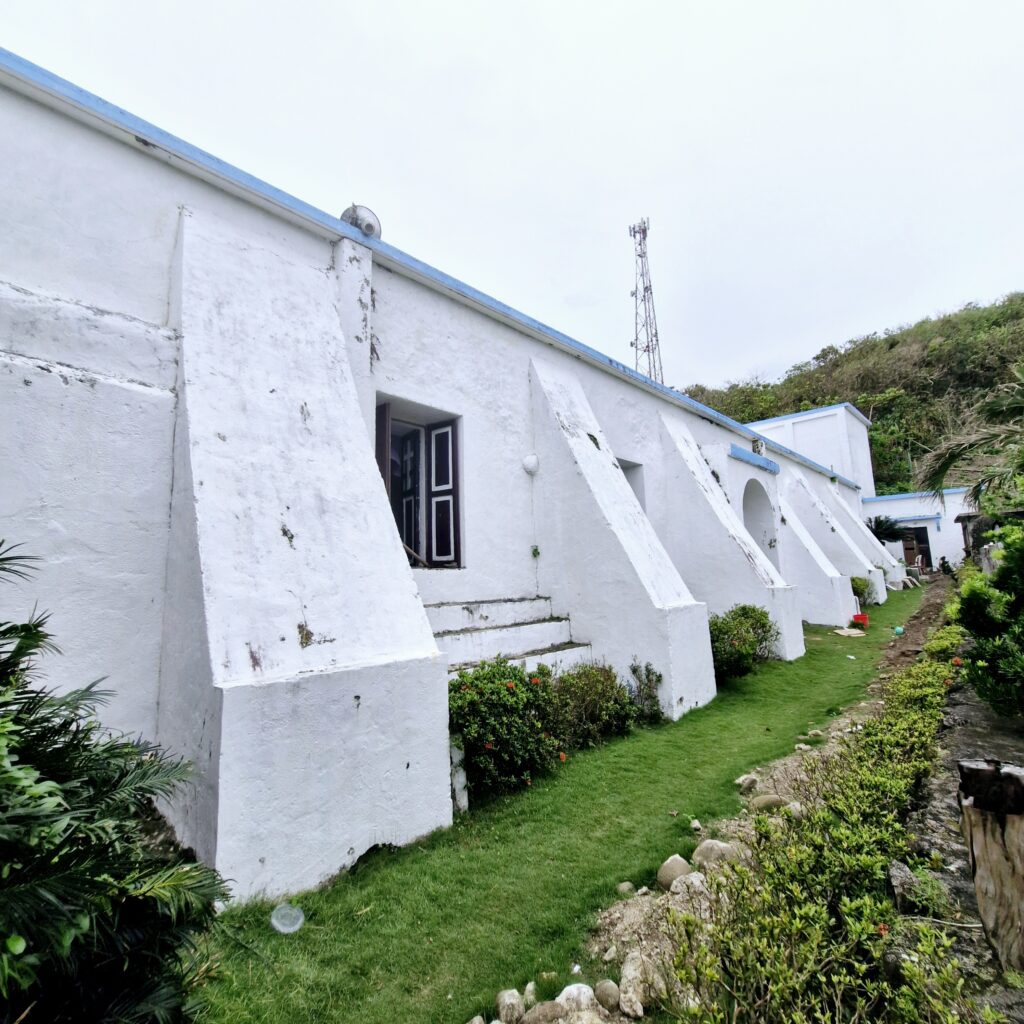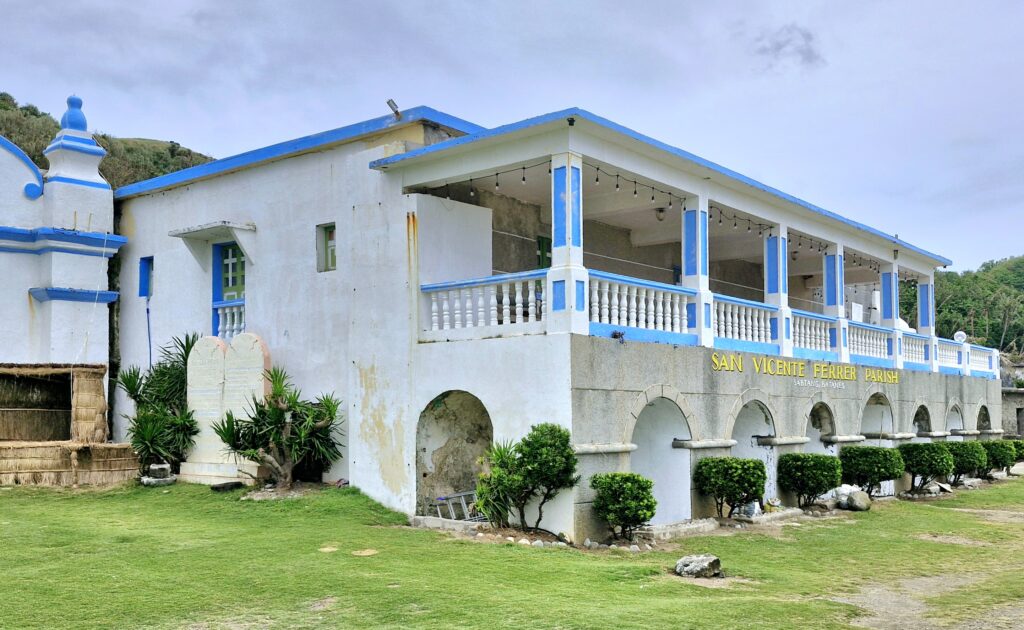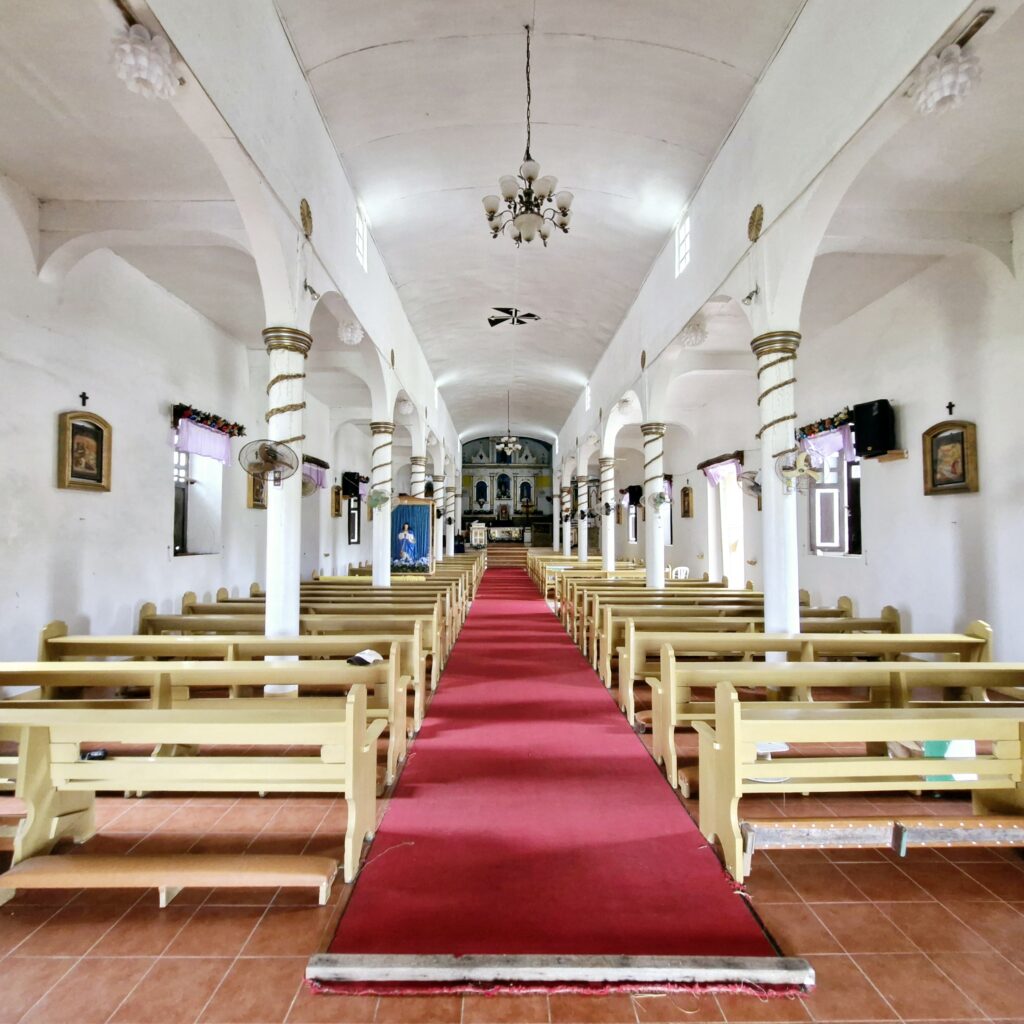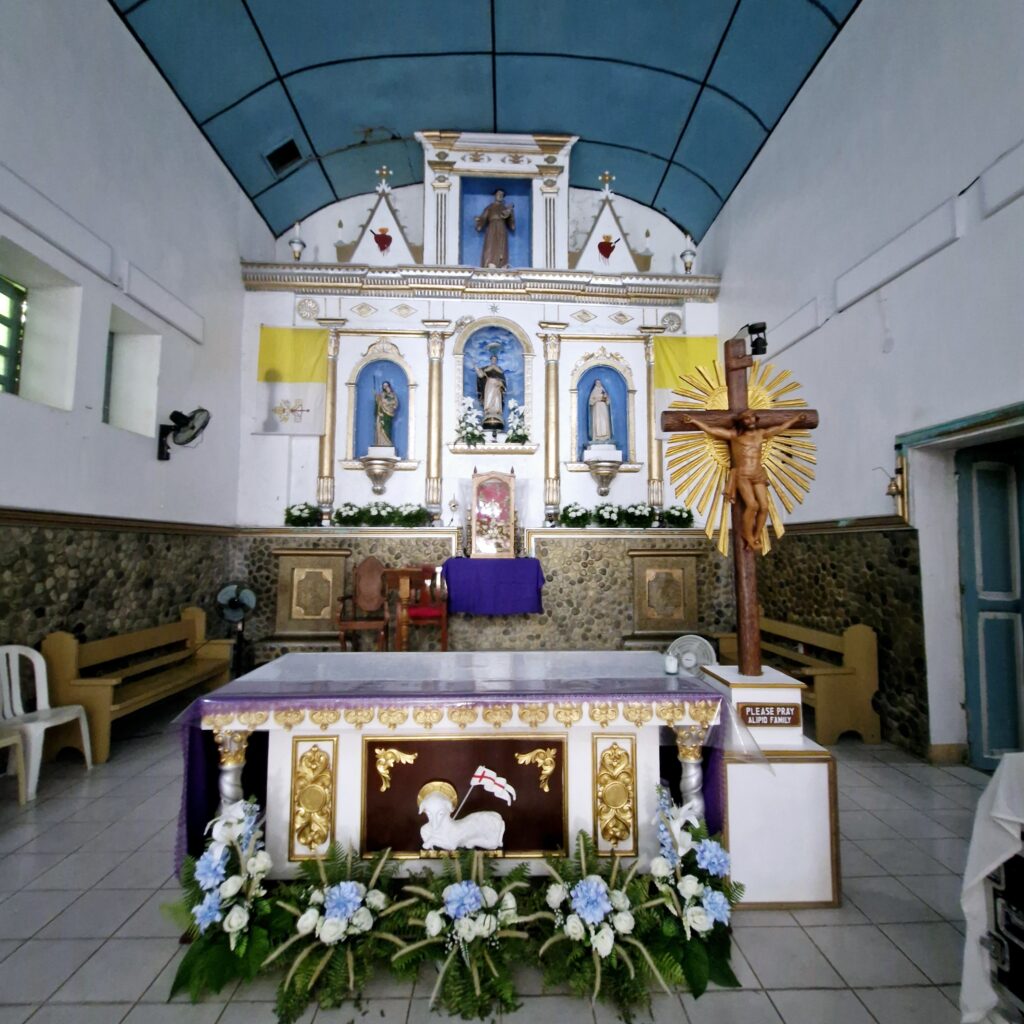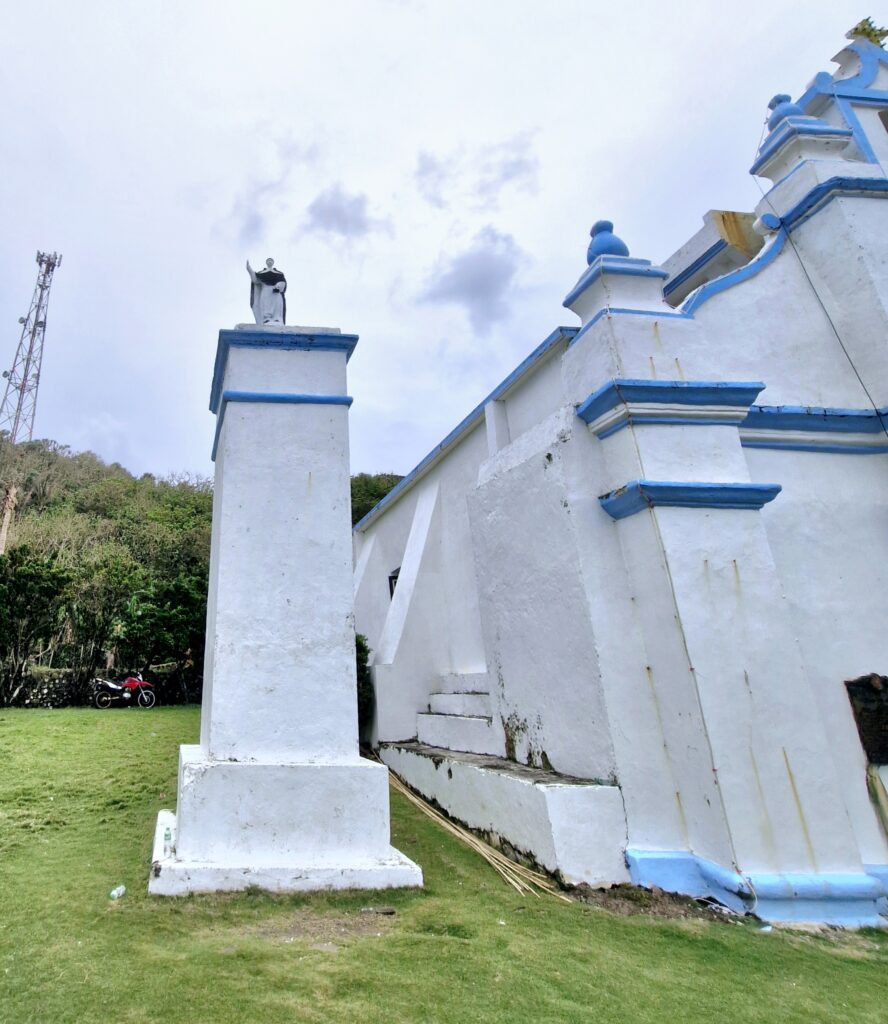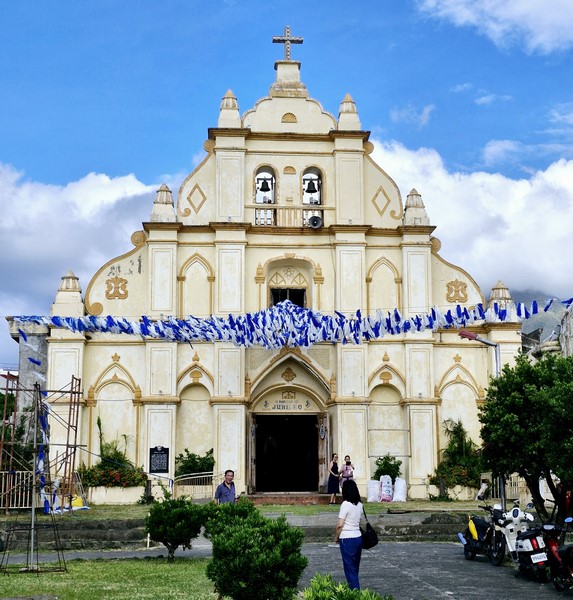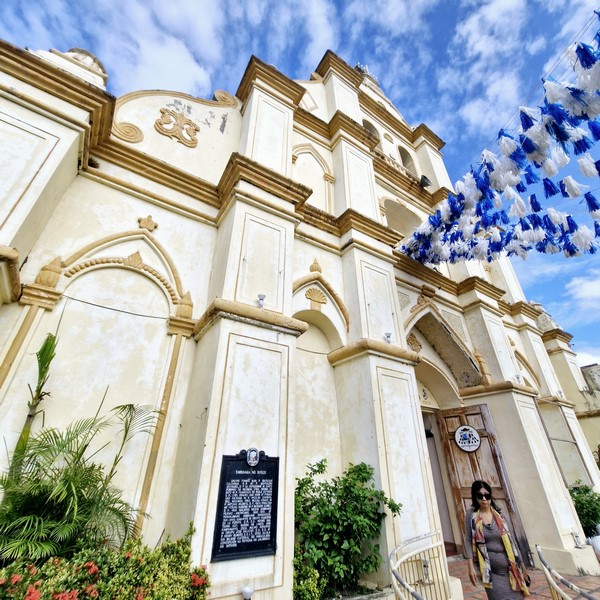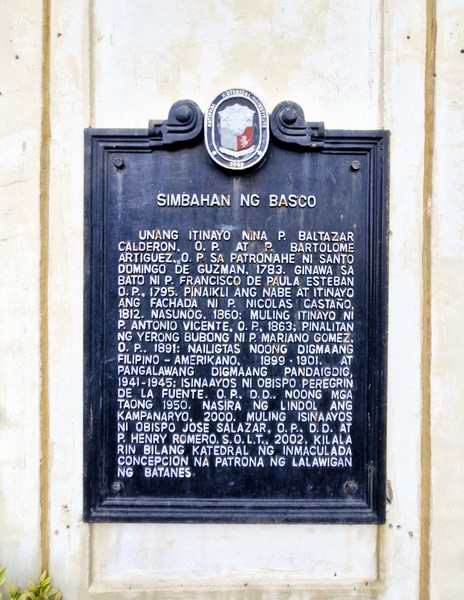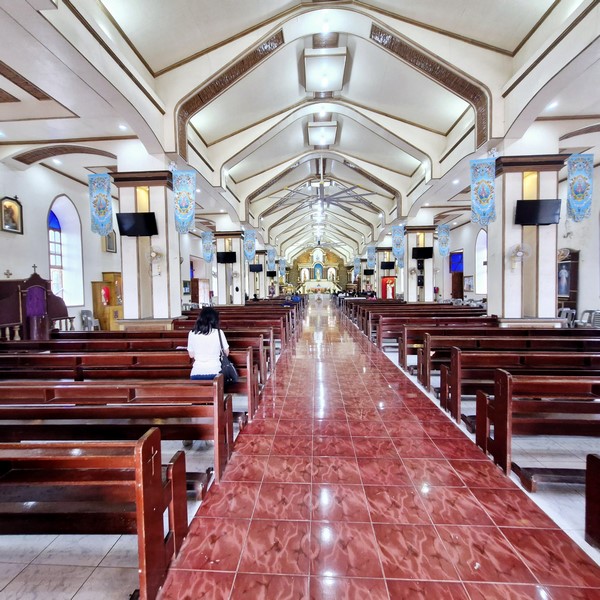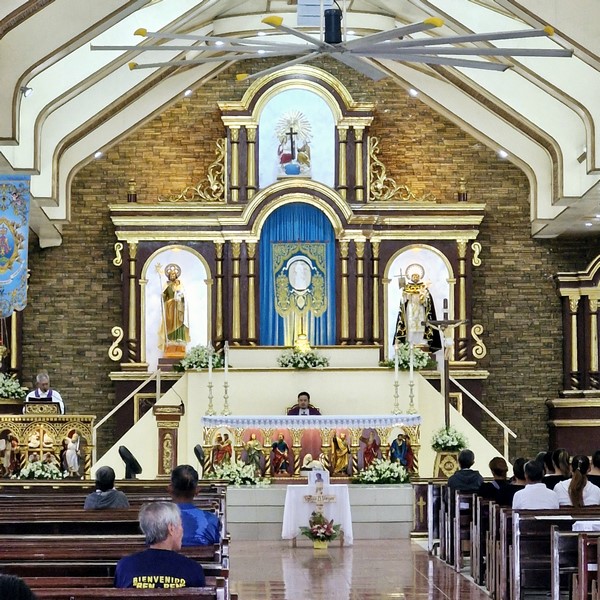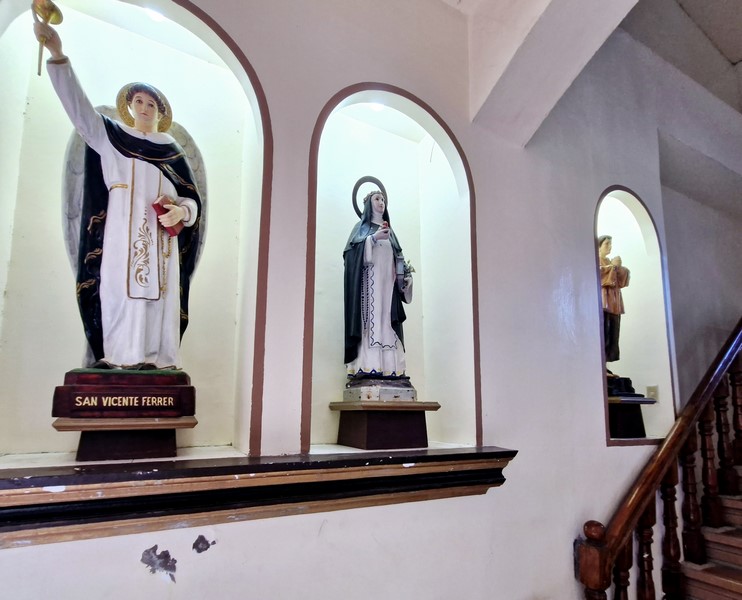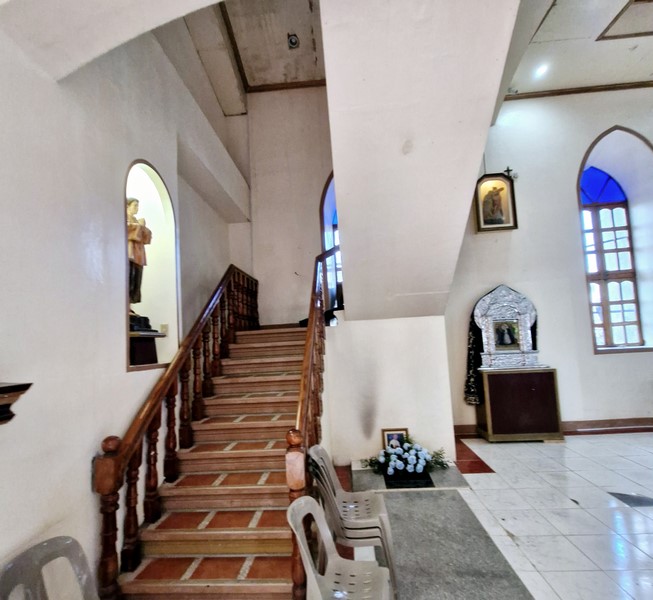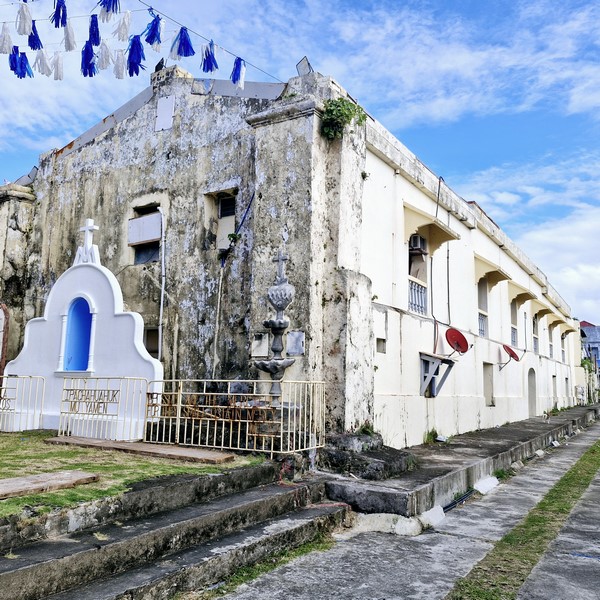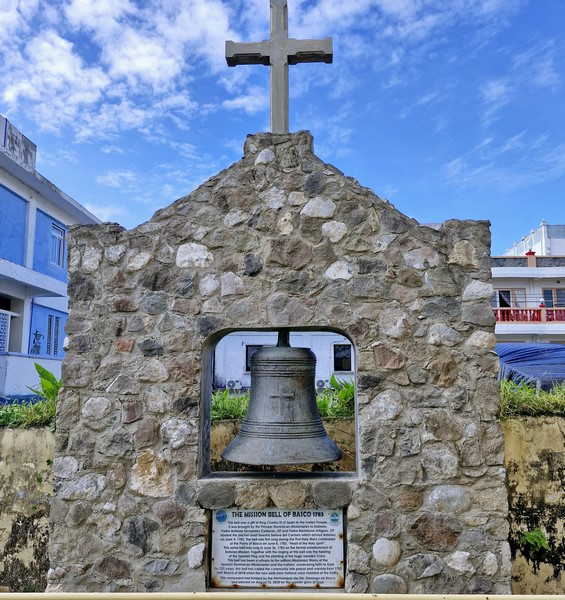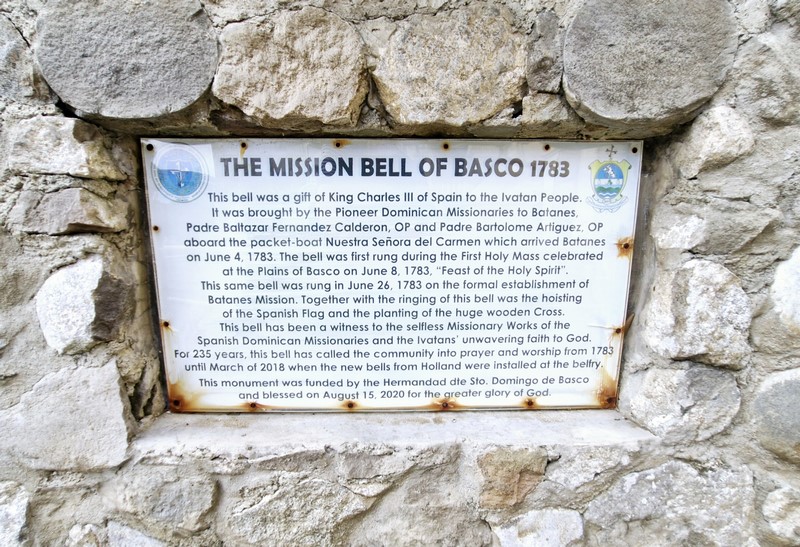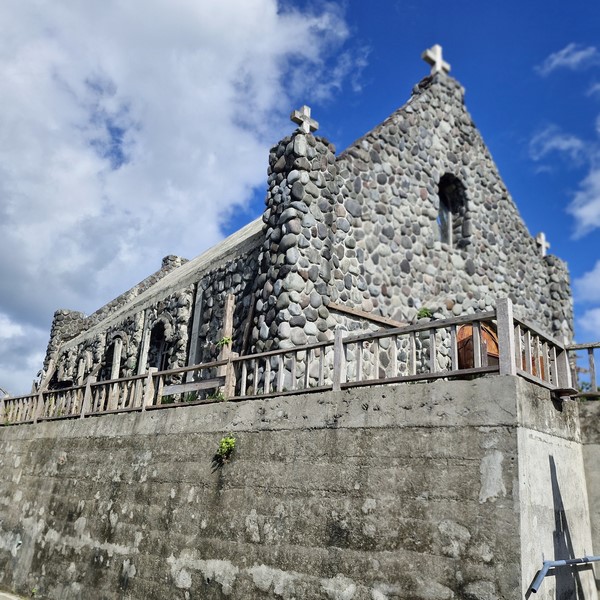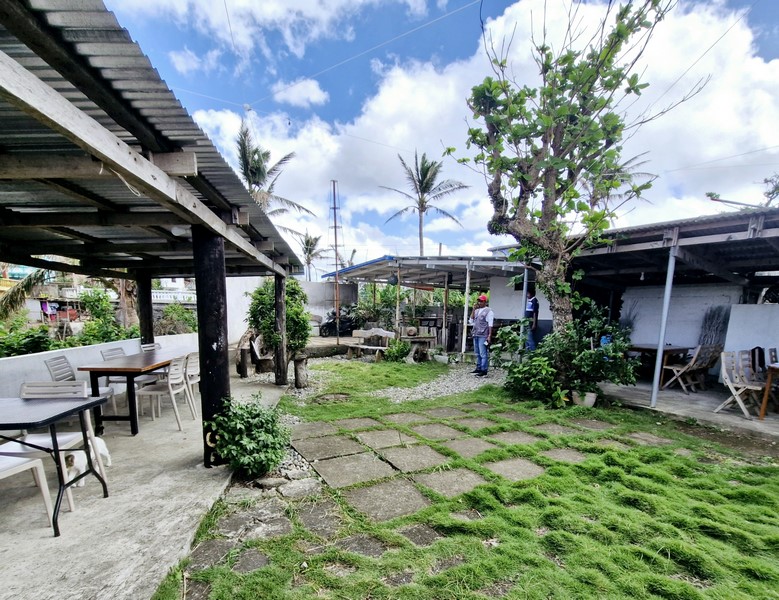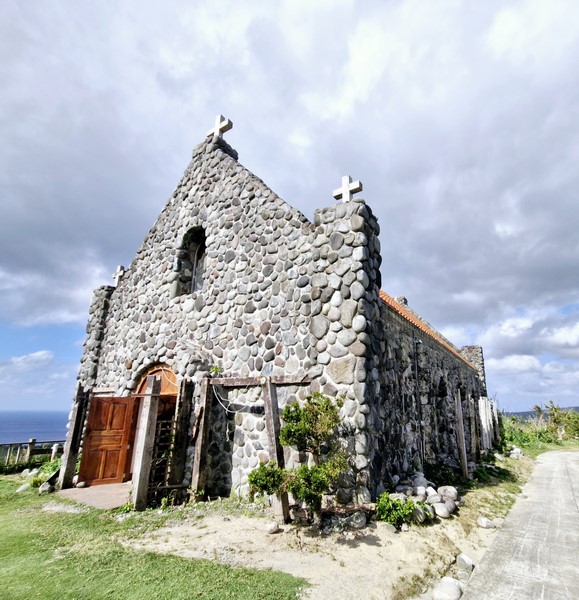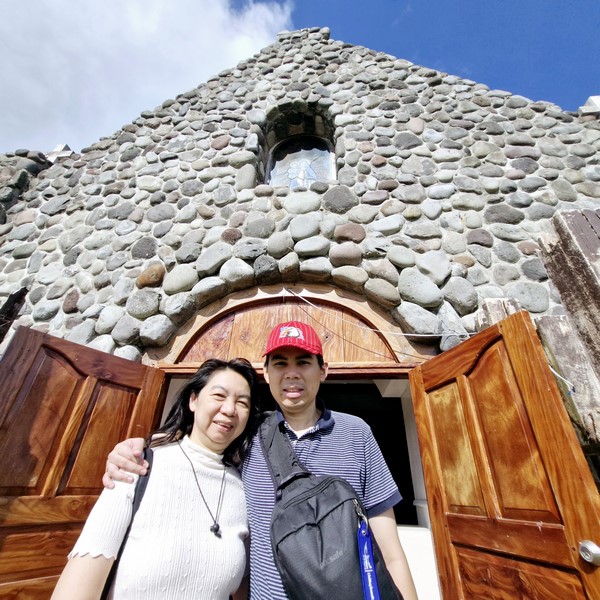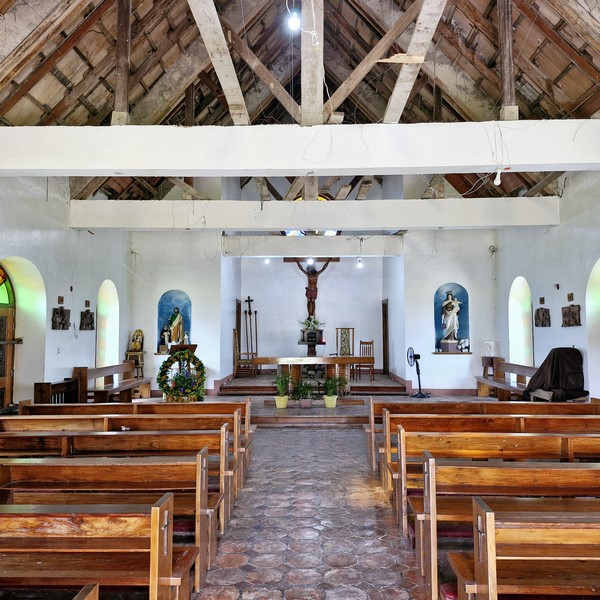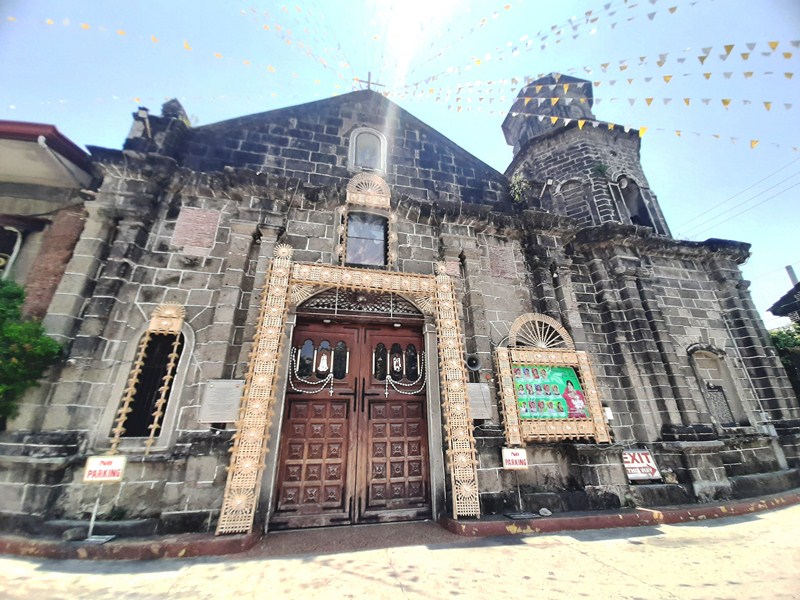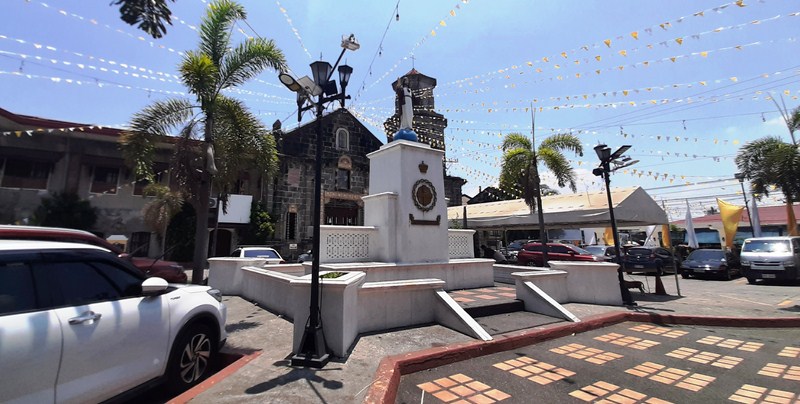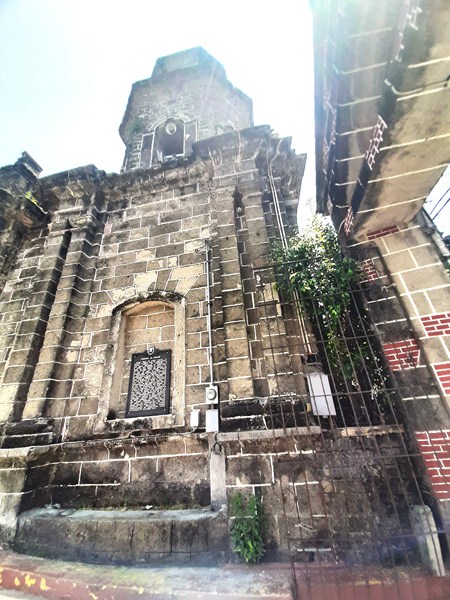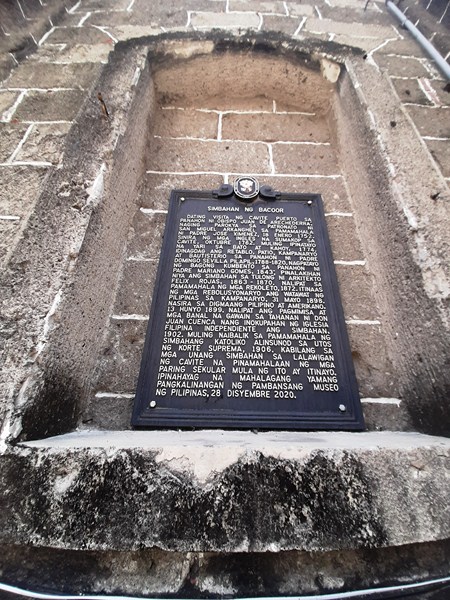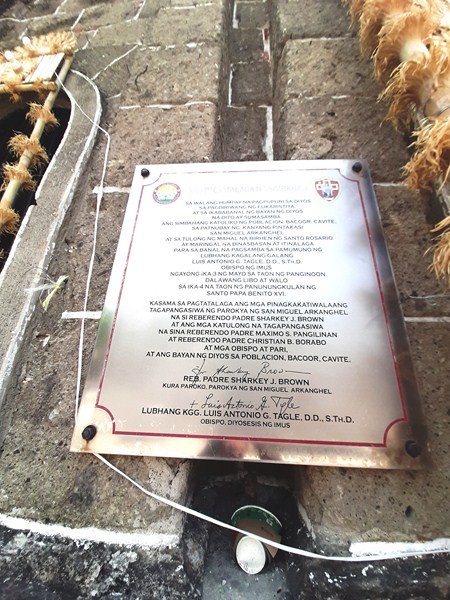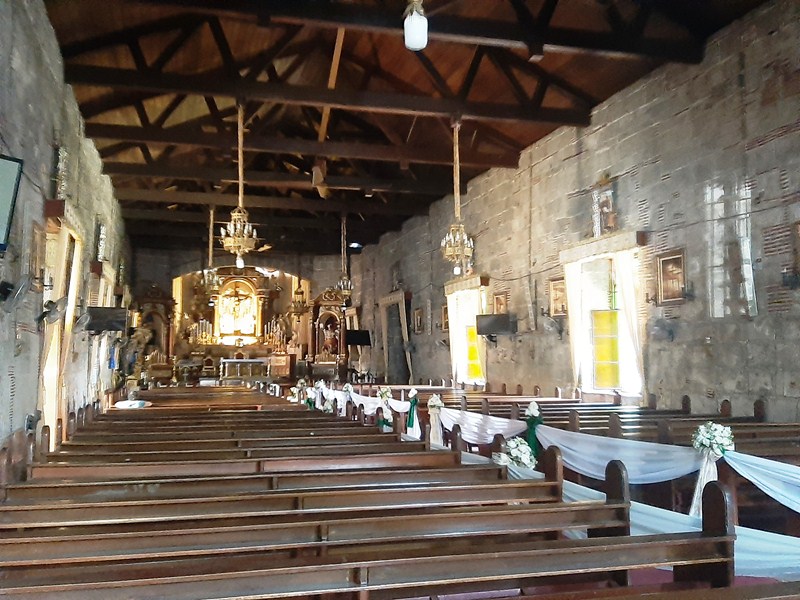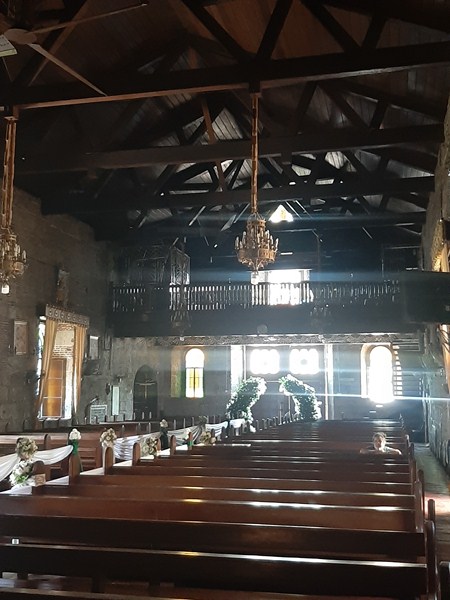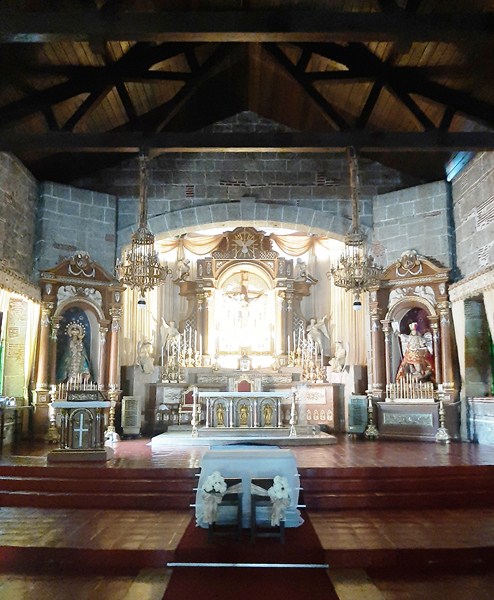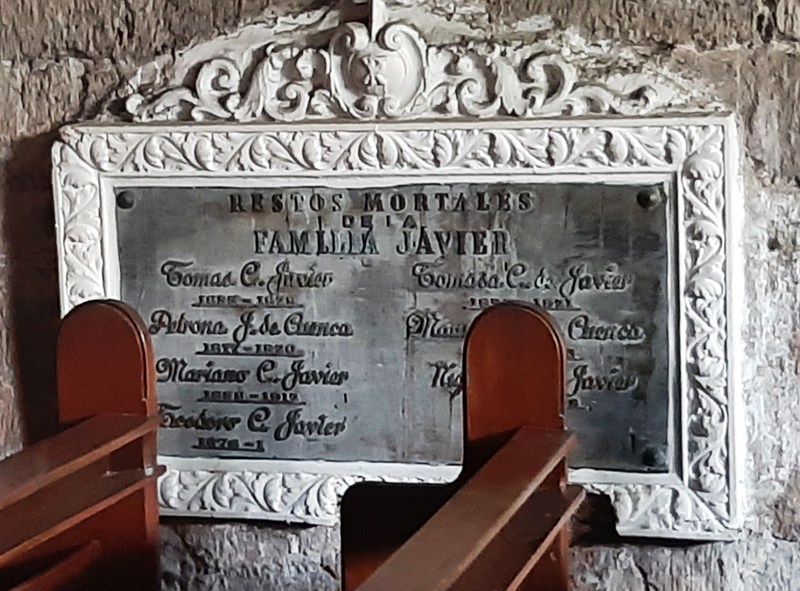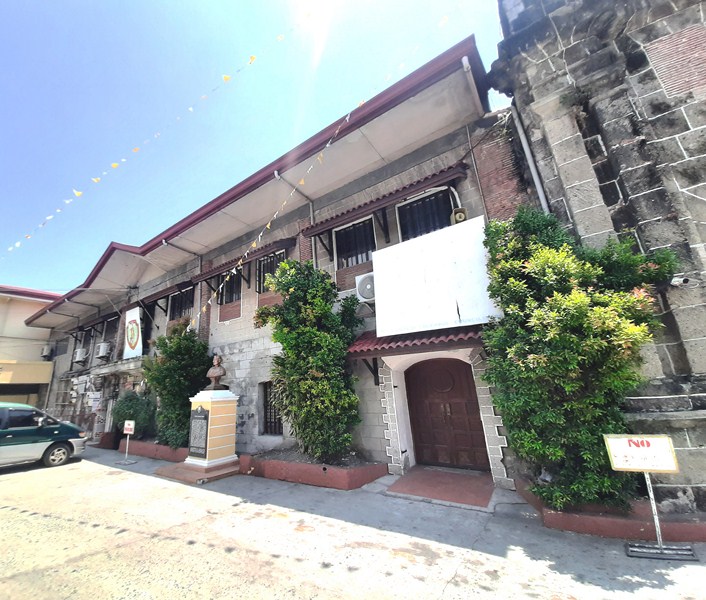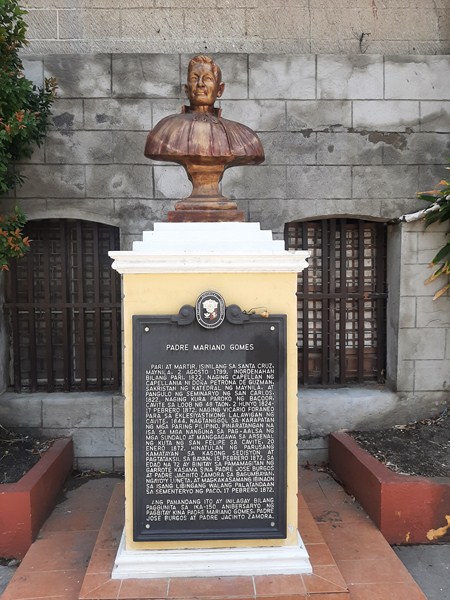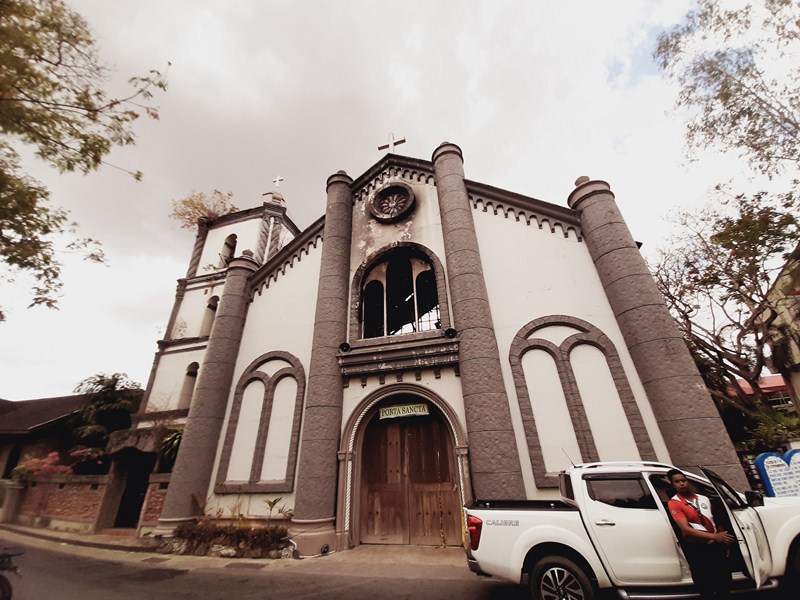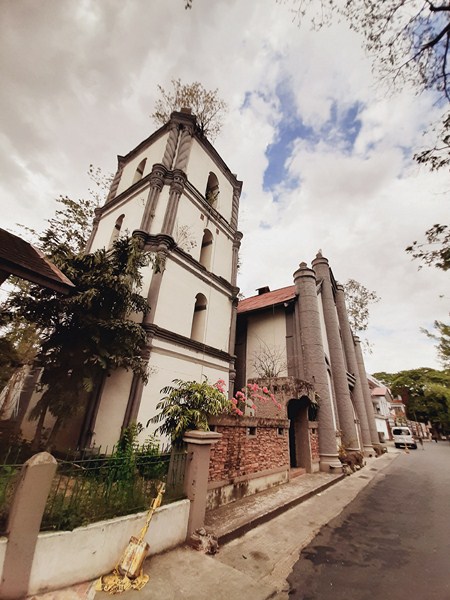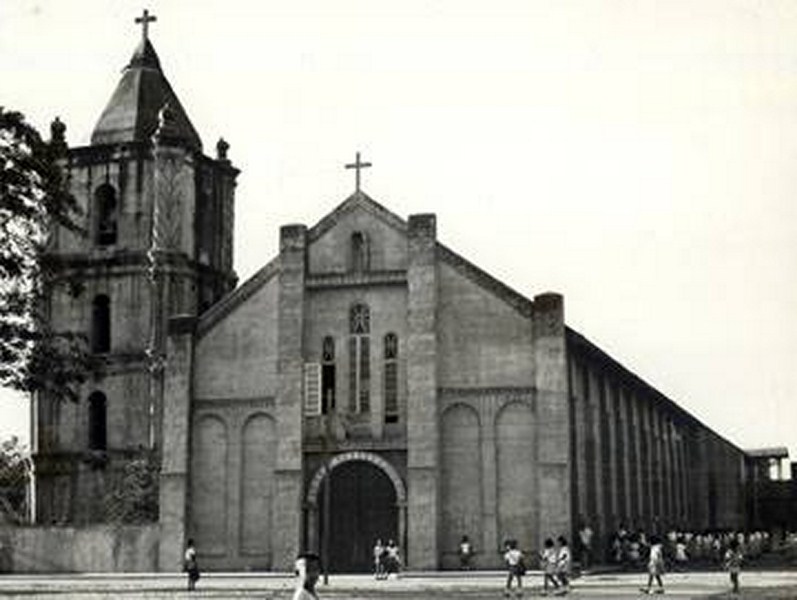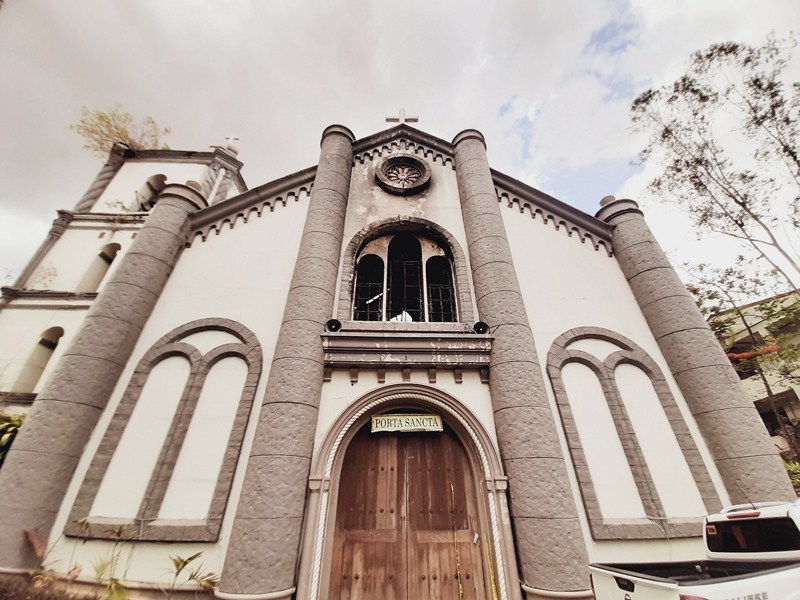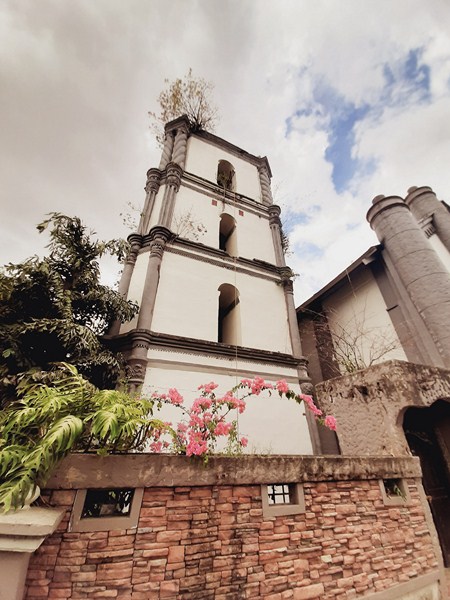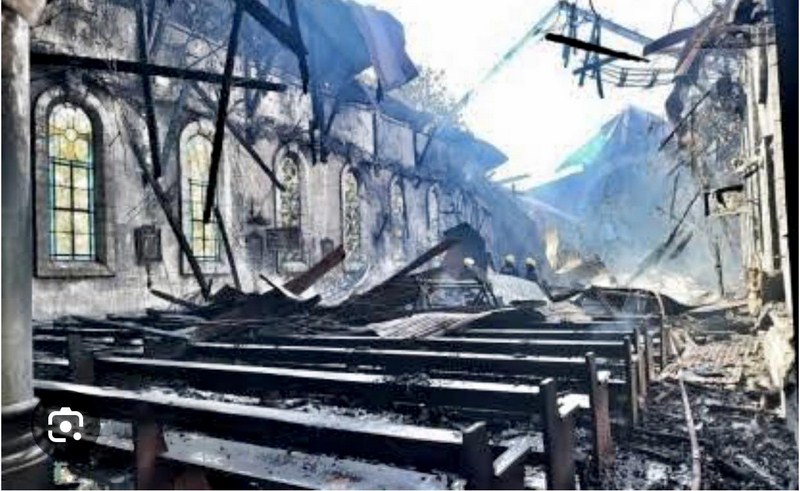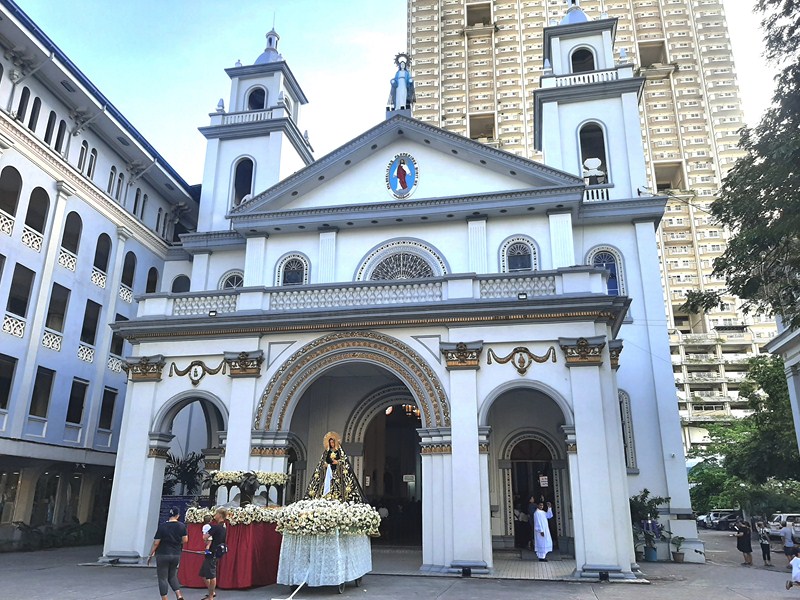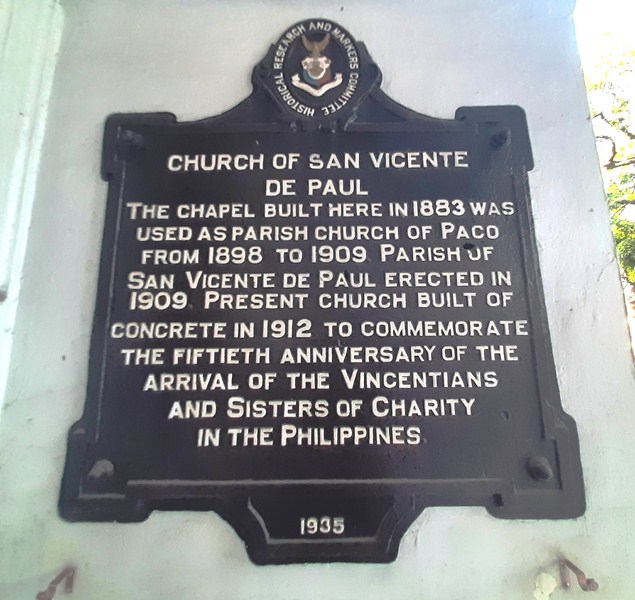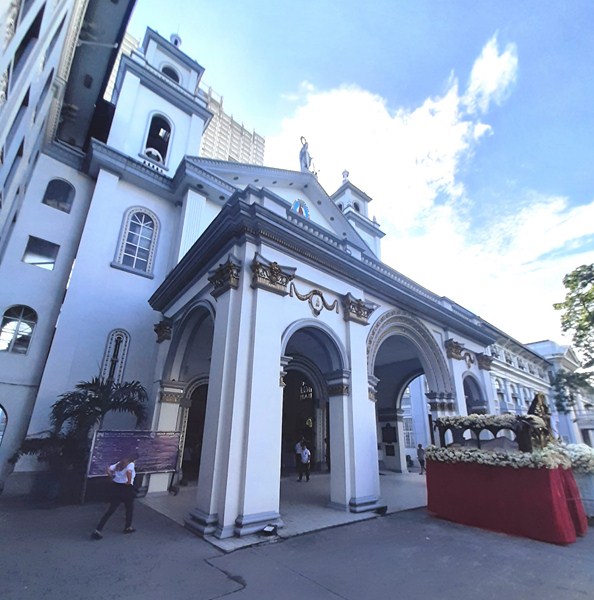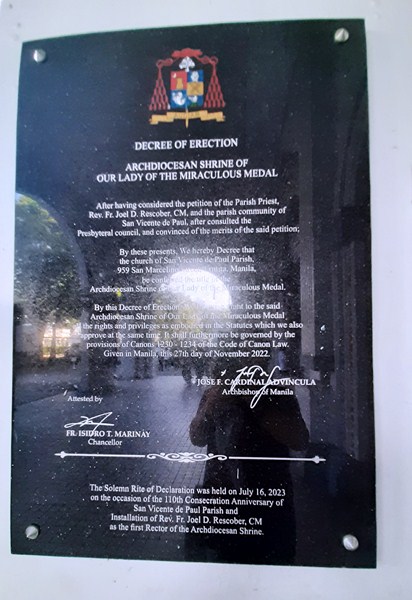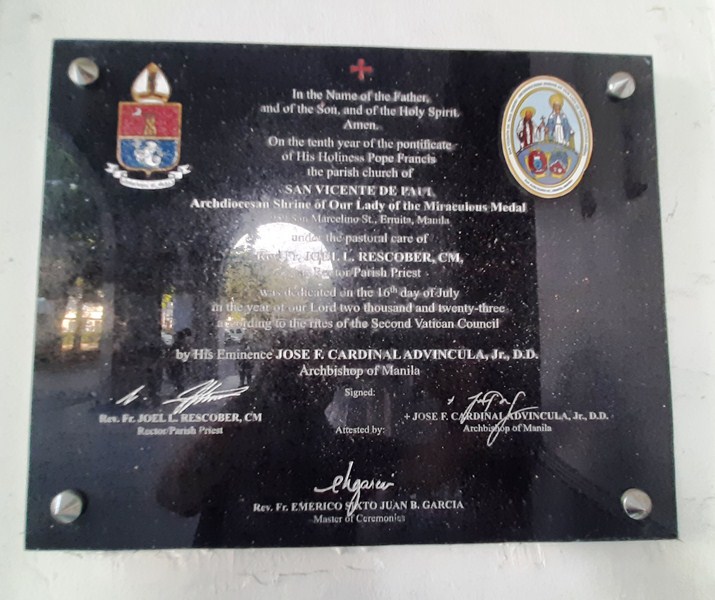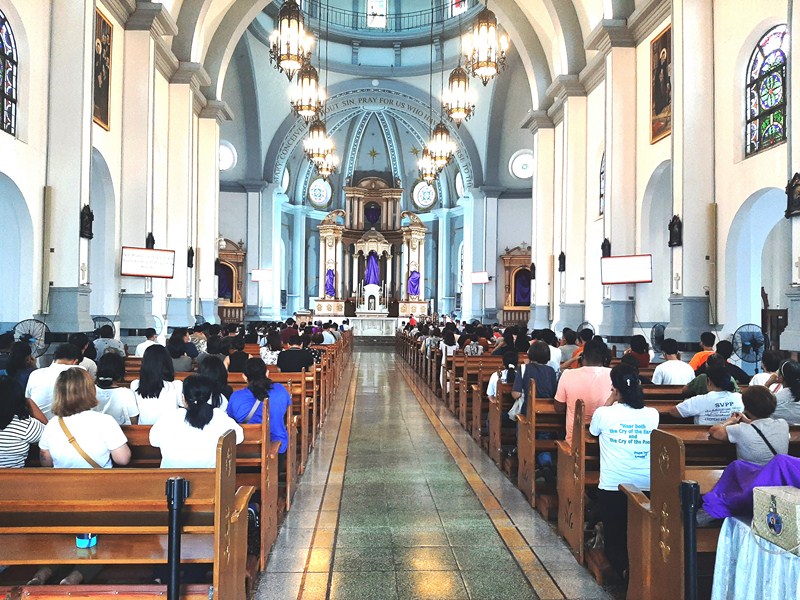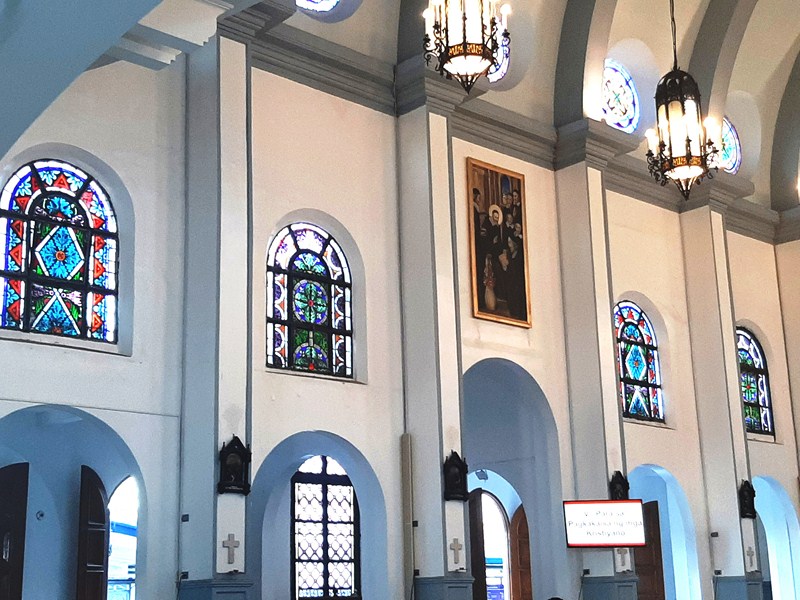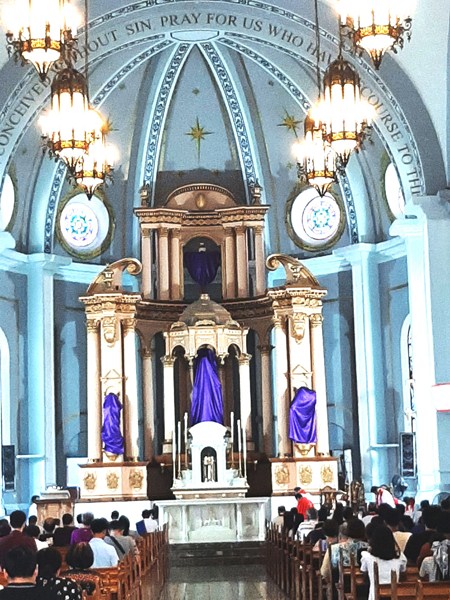Just walking distance from the City Museum of Cagayan de Oro and Heritage Studies Center is the Neo-Gothic-style St. Augustine Metropolitan Cathedral, the ecclesiastical seat of the Archdiocese of Cagayan de Oro (canonically erected on January 23, 1933).
Check out “City Museum of Cagayan de Oro and Heritage Studies Center“
This church was first built in 1624 by Father Agustin San Pedro but both church and convent burned down in 1778. Rebuilt in 1780 by Father Pedro de Santa Barbara, it again burned down in 1831.
In 1845, it was rebuilt with coral stones imported from China by Augustinian Recollect Father Simon Loscos de Sta. Catalina but it was destroyed during the World War II bombardment in 1945. Only the facade and the wooden cross in front survived.
The present Neo-Gothic-style cathedral was built from 1946 to 1951 by Archbishop James T.G. Hayes, S.J.D.D., the first bishop of Cagayan de Oro.
AUTHOR’S NOTES:
Comparing an old 1925 and present photo of the church, the Baroque-style facade of the church seemed to have survived the 1945 bombing but it was greatly altered during the rebuilding. The semicircular arched windows were replaced by Gothic-style lancet windows, a portico was added and the finials at the ends of the triangular pediment (its raking cornice now adorned with drip molding) were not restored.
Only the base (now square), of the formerly octagonal bell tower (beneath which is the grave of Father Ramon Zueco de San Joaquin who died in 1889 in Cagayan de Oro), on church’s left, remains. A new bell tower, on the church’s right was, instead, built.
Its nine century-old stained glass windows, the work of well-known masters, depict the life of Christ and came from the Chapel of the Sisters of the Sacred Heart (now the Church of the Sacred Hearts of Mary and Jesus), an old Gothic-style chapel built in 1882 in New York.
The bells, hung in the new bell tower in 1950, were fashioned from the church’s old bells shattered during World War II – San Agustin (1807), Santa Ana (1813) and El Salvador (1857).
Just outside the porte-cochere is a wooden Sta. Cruz built by Augustinian Recollect friars in 1888, the only relic that remains of the church’s Hispanic past.
St. Augustine Metropolitan Cathedral: Barangay I, Cagayan de Oro City, Misamis Oriental. Tel: (088) 857-2139. Feast of St. Augustine, Bishop of Hippo: August 28.
How to Get There: Cagayan de Oro City is located 94.4 kilometers (a 2-hour drive) from Malaybalay City (Bukidnon) and 88.7 kilometers (a 1.75-hour drive) from Iligan City (Lanao del Norte).

